Uganda is one of those countries that absolutely surprised me. I knew virtually nothing about it before visiting, except it was one of the places you could see gorillas in the wild. After visiting, I can wholeheartedly say it’s one of the most beautiful places I’ve ever visited. Something about my time there really stuck with me and I’m left longing for a return. From the friendly locals to the lush greenery to the diverse wildlife, Uganda is a place you absolutely have to put on the top of your bucket list. Let’s dive right into the perfect Uganda itinerary you’re going to want for your trip to the Pearl of Africa!
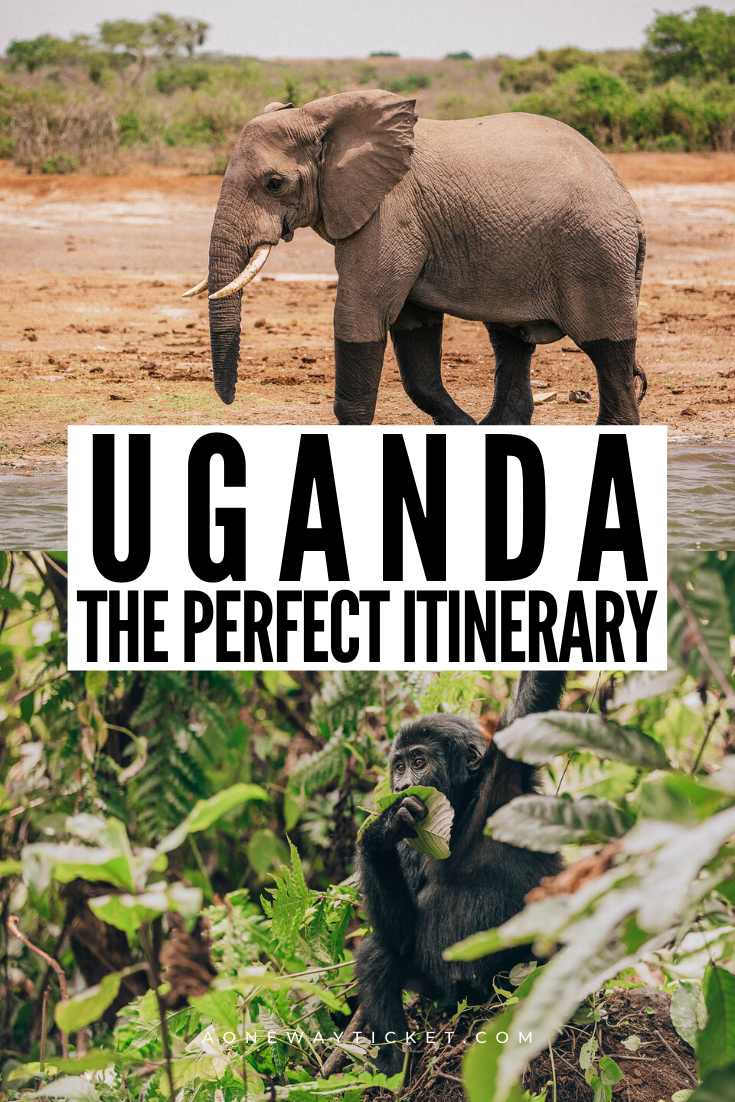
Table of Contents
How to Get to Uganda
Uganda is located in East Africa, so it can be a bit far from most parts of the world. If you’re coming from the USA, you’re likely going to make a stop either in Europe or the Middle East on your way to Uganda.
To get to Uganda, the best airport to fly into is Entebbe International Airport (airport code: EBB). If you’re doing a trip combination between Uganda and Rwanda or are just planning on visiting the southern part of Bwindi, you can also opt to fly into Kigali International Airport (airport code: KGL) in Rwanda. But, for the purposes of this itinerary, you’ll want to stick with flying into Entebbe.
Search for cheap flights to Uganda here.
Visas and Vaccines Required for Your Uganda Itinerary
Most travelers will require a tourist visa to travel through Uganda. There are 35 countries who are visa exempt, but most of those countries are in other parts of Africa, the Caribbean, and South Pacific. You can find the list of exempt countries here.
There are two options for visas when traveling to Uganda. You can either opt for a strictly Uganda visa if this is your only destination, or you can opt to get the East Africa Tourist Visa which is valid for multi-entry travel between Uganda, Rwanda, and Kenya. To obtain either visa, you can get an eVisa online here.
The eVisa process is really easy, but you need to get your Yellow Fever vaccine before you’re able to apply. The Yellow Fever vaccine is required for entry into Uganda. If you’ve gotten it before, it should be good for life. If not, get it as soon as possible after planning your trip because depending on where in the world you are, it can be a little more difficult to get.
While Yellow Fever is the only required vaccine for travel to Uganda, there are some other vaccinations that are highly recommended. You can reference the CDC website on travel to Uganda for those recommendations here.
Best Time of Year to Visit Uganda
Uganda is on the equator, so the temperature is pretty consistent throughout the year. There are rainy seasons in Uganda, which you want to avoid for the most part because too much rain can cut some activities short. I would hate to see somebody travel all the way to Uganda to go gorilla trekking only to have their time completely rained out.
This Uganda itinerary is going to focus on the southern part of the country, so let’s talk about the dry season in the south. There are actually two dry seasons in the south: December-February and June-July. You could also visit on the shoulders of these dry seasons to get better pricing. For example, I went in early March and it rained, but the rain was never an issue.
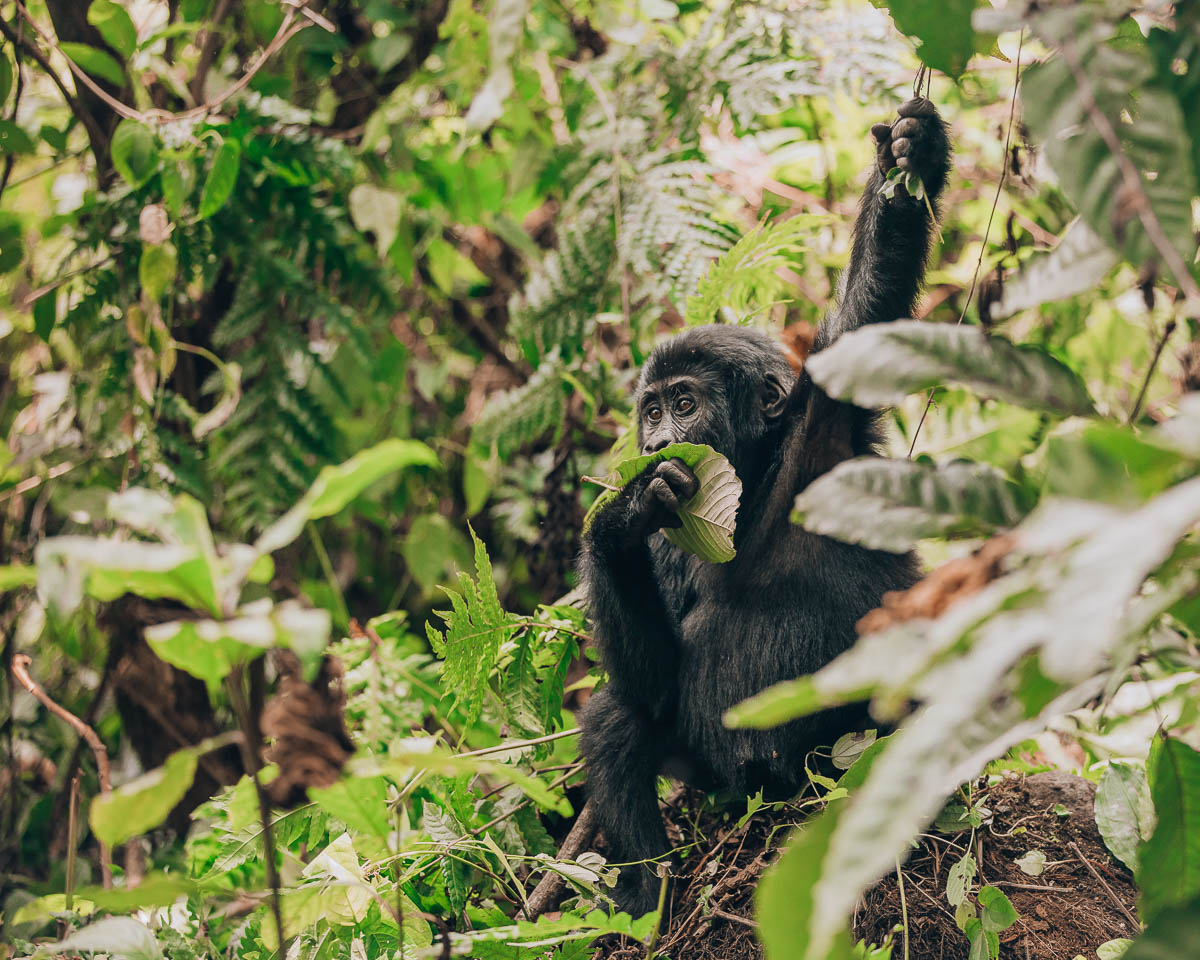



How Long to Spend in Uganda
Uganda is definitely a place you want to take your time visiting. Not only does it take some time to get around from place to place (ah, Africa), but it’s a beautiful country. For your Uganda itinerary, I’m going to recommend at least a week. I think 10 days in Uganda is a perfect amount.
If you’re combining a trip to Uganda with a larger East Africa trip, you could do 3-5 days if you’re just trying to go gorilla trekking or chimp trekking. Popping over to Uganda just to see the gorillas is actually fairly common to do, but if you keep reading this itinerary, you’ll see why Uganda is definitely not a place to underestimate when it comes to pure beauty.
If you want to see everything, I would say you’ll probably need 2 weeks. That being said, this Uganda itinerary is going to feature mostly the southern part of the country, which is why I think 10 days in Uganda is perfect.
How to Get Around During Your Uganda Itinerary
There are a few ways to get around during your Uganda itinerary. The easiest way to get from area to area is going to be with domestic flights. However, this is going to be the most expensive way to get around and while you’re definitely going to see some beauty from the air, you’ll miss a lot of it by flying everywhere.
I absolutely recommend hiring a driver and guide during your trip to Uganda. If you want to get the full experience, it’s necessary to do this. The guides are usually from the area and know exactly where to go and will help you spot wildlife. They’ll help you with national park entrances and it’ll just make the entire experience much easier. I personally used the company Destination Jungle and absolutely loved them.
If you’re looking for a bit more of a budget trip and are comfortable driving on your own, you’re able to rent a car in Uganda and drive yourself around. If you opt to rent a car, make sure to purchase the insurance. This option is definitely not for a first time traveler in this region because driving in Africa has its challenges, so make sure you know what you’re getting yourself into if this is the route you choose to take.
The most important thing to remember whether you have a driver or rent a car is that distances in Africa are not always what they seem. What Google Maps might say takes 2 hours could easily take 5 hours in Africa. There are definitely a lot of dirt roads throughout Uganda, but there are roads being paved every day making driving around the country easier. Just sit back and relax and enjoy the views on your drives from place to place!
Other Helpful Tips for Your Uganda Itinerary
Traveling through Eastern Africa can sometimes pose challenges, especially if you’re not used to what it’s like. Having a guide with you makes things a lot easier because they’re there to help you along the way. That being said, even if you have a guide with you, here are some helpful tips to know before you arrive in Uganda.
- Language. I found that most people in Uganda spoke enough English to get by. Again, if you have a guide with you, any language barrier kind of goes away because they will likely speak English and translate. You’ll see Swahili spoken sometimes around Uganda and might recognize some words, but you should have no issues with English.
- Money. In Uganda, they use a currency called the Ugandan shilling. The currency is constantly changing, so I recommend using the app XE Currency to do currency conversions on the go.
- ATMs & Credit Cards. ATMs will be very hard to come by if you’re outside of the international airport or major cities. ATMs are virtually non-existent around the national parks, so you’ll want to make sure you have a good amount of cash on you for the times you need it. The good thing is, if you have your Uganda itinerary set up with a driver and guide, a lot of the trip might be paid for ahead of time. You’ll likely only need money for souvenirs, tips, and extra meals. You can often change currency where ATMs are lacking.
- Tipping. It’s standard to tip your driver, guide, and staff at safari lodges. You’ll be able to tip the driver and guide at the end of the trip. You’ll want to tip them anywhere from 10-20 USD a day. If you hire a porter for any treks, make sure to tip them as well as the guides.
- Electrical Plugs. Uganda uses the same plugs as they do in the UK (type G), so if you’re from the USA you’ll need a power adapter, like this universal plug adapter here. You’ll also need a voltage converter if you’re using anything like a hair dryer. You can get a voltage converter here. I also highly recommend getting an portable battery charger for the long car rides, like this one here.
- Domestic Flights. Domestic flights in Uganda usually involve rather small 12-seat planes. Because the planes are so small, there’s a limit on luggage. You’ll be required to have a checked bag that weighs no more than about 32 pounds (15 kg) and is soft sided like a duffel bag. If you don’t want to lug around a duffel bag, you can opt for one with 1 hard side that has wheels, like this one I use here.
- Food. Since this is a safari, most of your meals are going to be included in your stay at all the safari lodges and camps. Usually there’s a set meal every night and you may have a couple of options. Make sure to tell your guide or the staff at the lodge if you have any dietary restrictions or preferences.
- Water safety. It’s best to not drink the water or use the water for things like brushing your teeth. Make sure to bring a reusable water bottle, like this one here, that you can fill up at your lodge before heading out. Your guide will likely always have water bottles in the car if you need them on drives.
- Bathrooms. You’ll be spending a lot of your time either in the car or on safari drives, so bathrooms can sometimes be limited. Make sure to keep small currency amounts with you in case you need to pay a small fee to get into toilets at rest areas. You also might have to get comfortable with the idea of a bush toilet when you have to go during safari drives!
- Safety. Uganda is a generally safe country. Safaris are typically set up in a way where you’re with the guide a lot of the time which increases the safety of the country. That being said, nowhere is completely safe so always be cautious while traveling anywhere and be smart.
Where to Visit on This Uganda Itinerary
We’ve finally reached the time to talk all about where exactly you’ll be going on your Uganda itinerary. If you’ve read any of my other travel itineraries, I usually break down cities by where to stay, what to do, and how to get around. Since Uganda is largely a safari destination, this itinerary is a little different.
Most places you’ll be visiting on this itinerary are because you’re going to this specific place for this specific reason. In other words, there are often more things to do in one place, but it’s not like you just go to a city and set up shop and go exploring around. Generally speaking, you’re going to X place for X reason. So keep that in mind as you’re reading this Uganda itinerary knowing that every place you’re visiting is for a specific reason or for a specific experience.
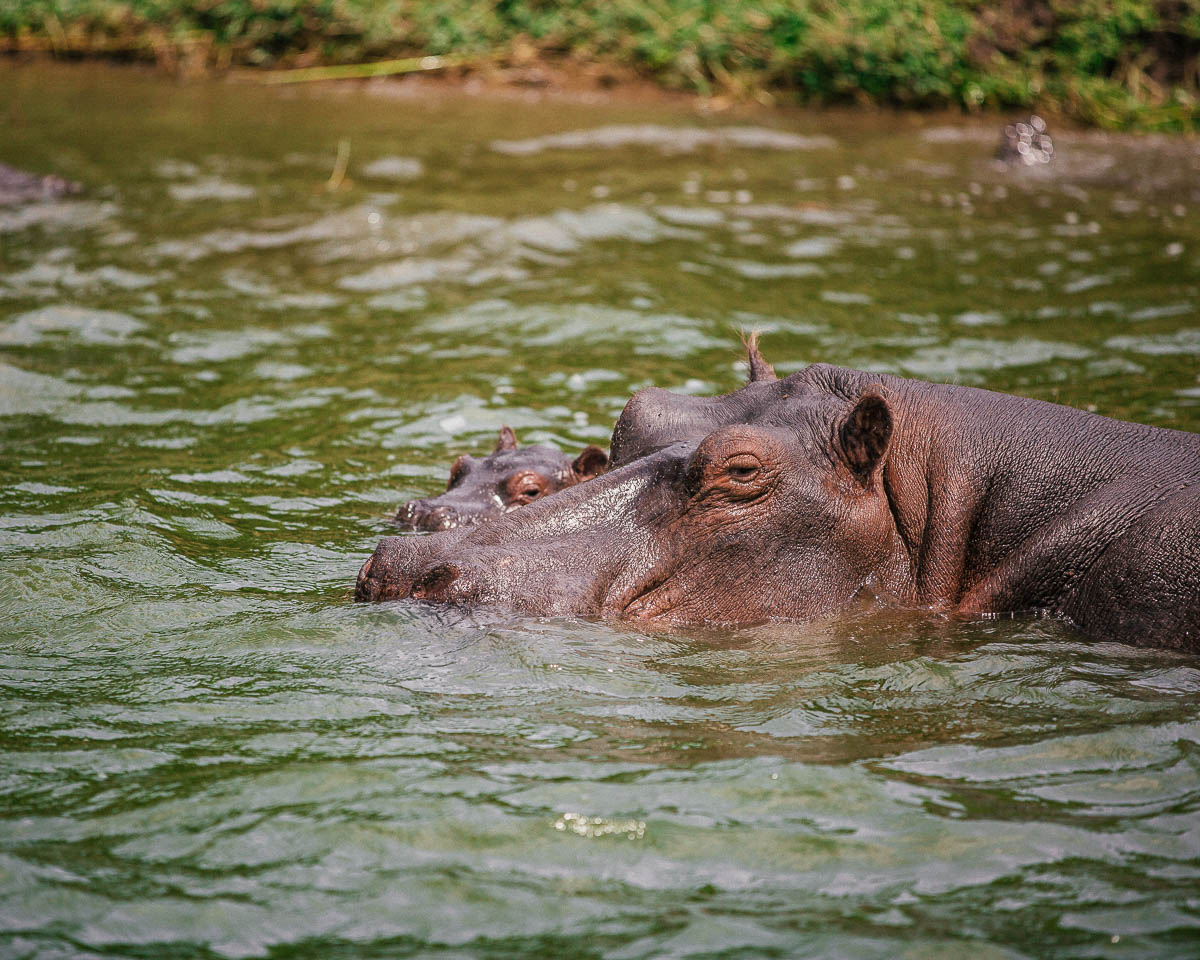



Days 1-2: Kampala
[Fly into Entebbe]
Upon your arrival in Uganda, you’ll be flying into Entebbe International Airport (airport code: EBB). Despite the fact that you fly into Entebbe, you’re going to spend your first two days in Uganda in Kampala. Kampala is about an hour drive away from the airport.
You may have your driver for the entire time in Uganda pick you up at the airport and bring you to your hotel in Kampala, but if not, I recommend arranging a transfer to your hotel.
If you’re needing to cut time, you could easily arrive in Uganda and the next day set off on your safari. However, I recommend taking the extra day in Kampala to kind of reset from the long flight and get ready for the safari ahead. Safaris can involve long days and be rather exhausting, so it’s nice to start off on the right foot.
–Where to Stay in Kampala–
I recommend staying at a nicer hotel upon your arrival in Kampala. You’re going to want to relax during your time here and having a nice hotel with a pool and a spa would be a great way to get yourself ready for the journey ahead. Here are my recommendations for where to stay in Kampala!
- Humura Resort Kampala ($)
- Fairway Hotel & Spa ($)
- Protea Hotel Kampala Skyz ($)
- Hilton Garden Inn Kampala ($$)
- Kampala Serena Hotel ($$)
–What to Do in Kampala–
As I’ve mentioned a few times, I highly recommend spending your time in Kampala getting ready for the rest of the trip. What I mean when I say that is relax from the long flight, catch up on sleep, and maybe get a massage because why not? You’re on vacation after all!
Take the time you’re in a big city like Kampala to make sure you have some Ugandan shillings to tip your guides and that you have a SIM card. If you don’t know how to use a SIM card while traveling, you can reference this guide here.
If you have some extra time, you can head over to the Acacia Mall in Kampala to check out some souvenir shops and maybe grab some snacks for the rest of your Uganda itinerary.
Days 3-4: Kibale National Park
[Fly from Entebbe to Kasese]
Kibale National Park is going to be your second stop in Uganda. It’s possible to drive from Kampala or Entebbe down to Kibale National Park, but I highly recommend taking this as one of the times you opt for a flight instead of driving. The drive to Kibale NP can be quite far and you’ll save yourself precious time by just opting for the flight. This flight costs $283 one way, so it’s definitely not cheap for a 2-hour flight, but it’s worth it for the saved time.
The Kibale National Park is famous for being the best place to go chimpanzee trekking in Uganda. To be honest, before I went to Uganda I had no idea it was possible to go trekking with chimps in the wild. But let me tell you, it was an absolutely insane experience that I highly recommend to everybody!
–Where to Stay in Kibale National Park–
The closest city to Kibale National Park is Fort Portal. However, there are some very affordable lodges and camps much closer to Kibale NP. When I visited, I stayed at Ndali Lodge and it was truly one of the most beautiful places I’ve stayed. It’s very small and intimate and the perfect spot to stay.
- Isunga Lodge ($)
- Kibale Forest Camp ($)
- Ndali Lodge ($$)
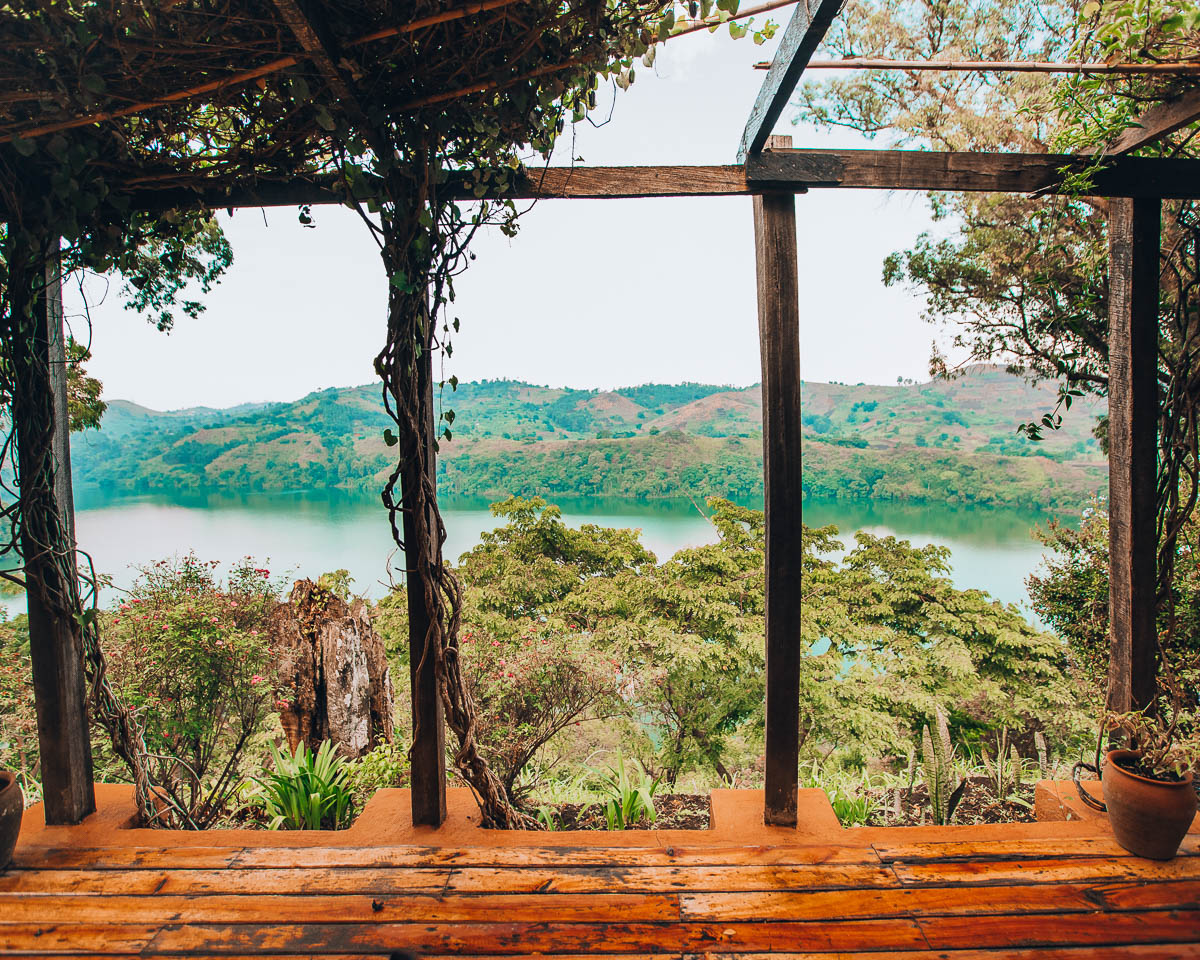



–What to Do in Kibale National Park–
The absolute highlight of Kibale National Park is chimpanzee trekking. There are two ways to visit the chimps: through a normal chimp trekking experience or through the chimpanzee habituation experience.
In order to be visited by people, the chimps have to go through a habituation experience, which is just a fancy way of saying they’re exposed to people so they’re not scared by them. That being said, the chimps are still very much so wild animals.
Keeping all of this in mind, let’s get back to the two chimp experiences. You can choose to do the normal chimp trekking experience where you obtain a permit and a guide takes you through the Kibale National Park where you’re able to spend no more than 1 hour with the habituated chimps once you’ve spotted them for the first time. This experience is typically 2-3 hours long including the time finding the chimps and then the hour you spend with them.
The other option is to visit the chimps who are still being habituated. This also requires a permit and is a full day experience and a lot different than the normal trekking. Because it’s a full day experience, you’re able to spend more than 1 hour with the chimps – that is, if you can find them.
This was the experience I chose, and we spent 4 hours hiking around the jungle to find the chimps. We kept getting super close, but they would always run away and we never saw them, only heard them. Because we were having no luck, we were luckily able to switch our permit last minute over to a normal chimp trekking permit to see the already habituated chimps. That being said, I wouldn’t change anything about the experience because we were able to spend more time watching these incredible creatures in their natural habitat.
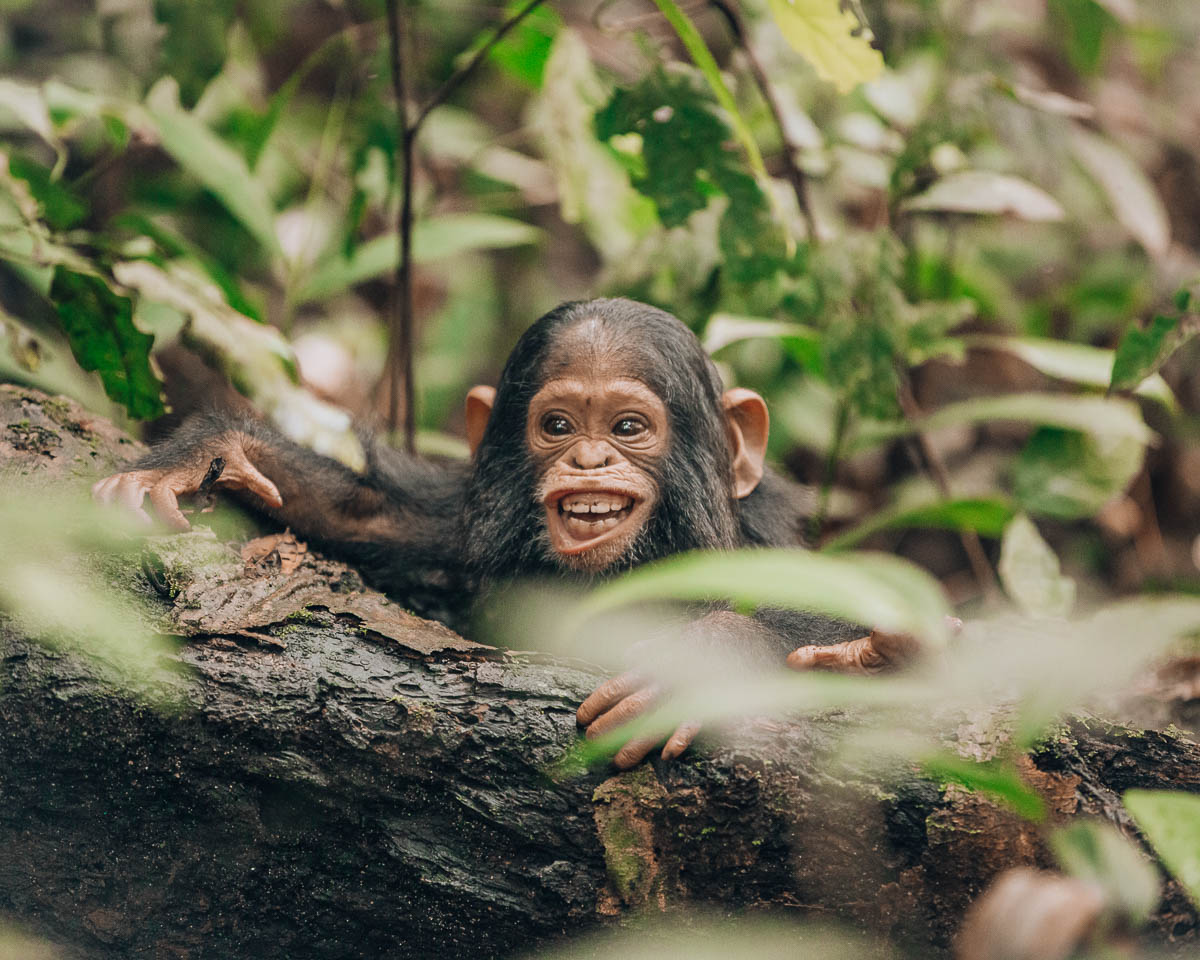



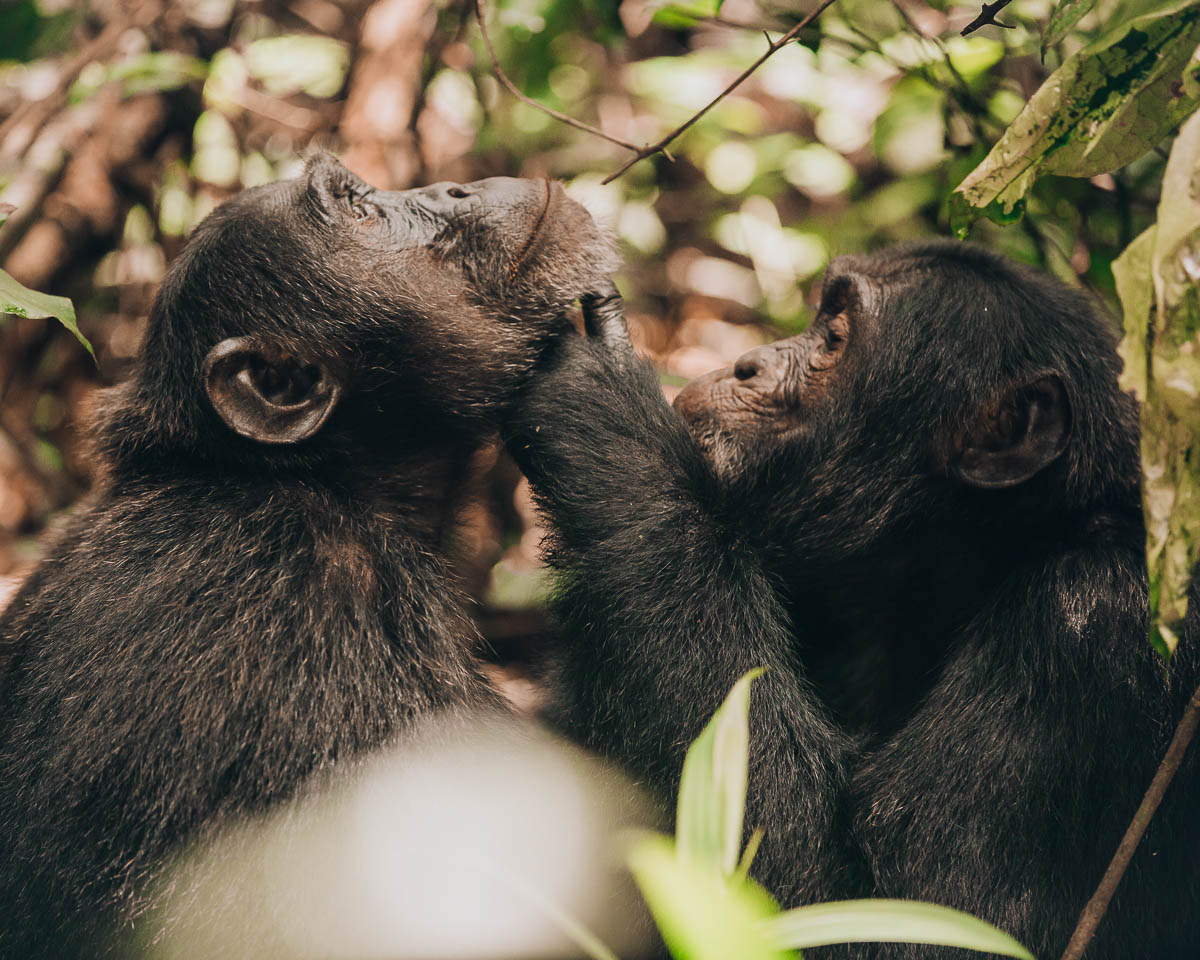



Days 5-7: Queen Elizabeth National Park + Ishasha
[Drive from Kibale National Park to Queen Elizabeth National Park]
The next stop on this Uganda itinerary is Queen Elizabeth National Park. To start, you’ll want to head to the northern part of Queen Elizabeth. This part of the park is only about 2.5-3 hours drive away from Kibale National Park.
Queen Elizabeth National Park is rather large, so I’d recommend splitting your time in this park with some time in the north of the park and some time in the south of the park, in an area known as Ishasha. Queen Elizabeth National Park is going to be your most familiar safari-esque experience. You’ll do your twice daily game drives for about 3 hours each: once in the morning just before the sun rises and once in the evening just before the sun sets.
–Where to Stay in Queen Elizabeth National Park–
Since I’m recommending spending 3 days in this area spread over 2 areas of Queen Elizabeth National Park, I’ll list places to stay in both areas below. I personally would recommend splitting the time up with 1 night in the northern part of Queen Elizabeth NP and the other 2 nights in the southern part of the park. I particularly enjoyed staying at Ishasha Wilderness Camp in the southern part of the park, so definitely stay there during your time in the south.
- Buffalo Safari Lodge ($$)
- Parkview Safari Lodge Kyambura ($$)
- Ishasha Jungle Lodge ($$)
- Mweya Safari Lodge ($$$)
- Ishasha Wilderness Camp ($$$)
–What to Do in Queen Elizabeth National Park–
Queen Elizabeth National Park is right on top of Lake Edward, Lake George, and Kazinga Channel, which connects the two lakes. During your time in the northern part of Queen Elizabeth NP, I highly recommend doing a water safari. You’ll get on this large barge-looking boat and slowly go down the Kazinga Channel. Viewing the animals from the water gives you a completely new perspective. You’ll be able to see some animals you might not see if you weren’t on the water, like crocodiles and hippos.
After you spend time in the northern part of Queen Elizabeth NP, head down for another night in the Ishasha area. Try to spot the famous tree-climbing lions on your game drives and keep your eyes peeled for some of the incredible birds in the area. Uganda is famous for its bird watching and even if you’re not an avid bird-watcher, they’re pretty beautiful to look at.
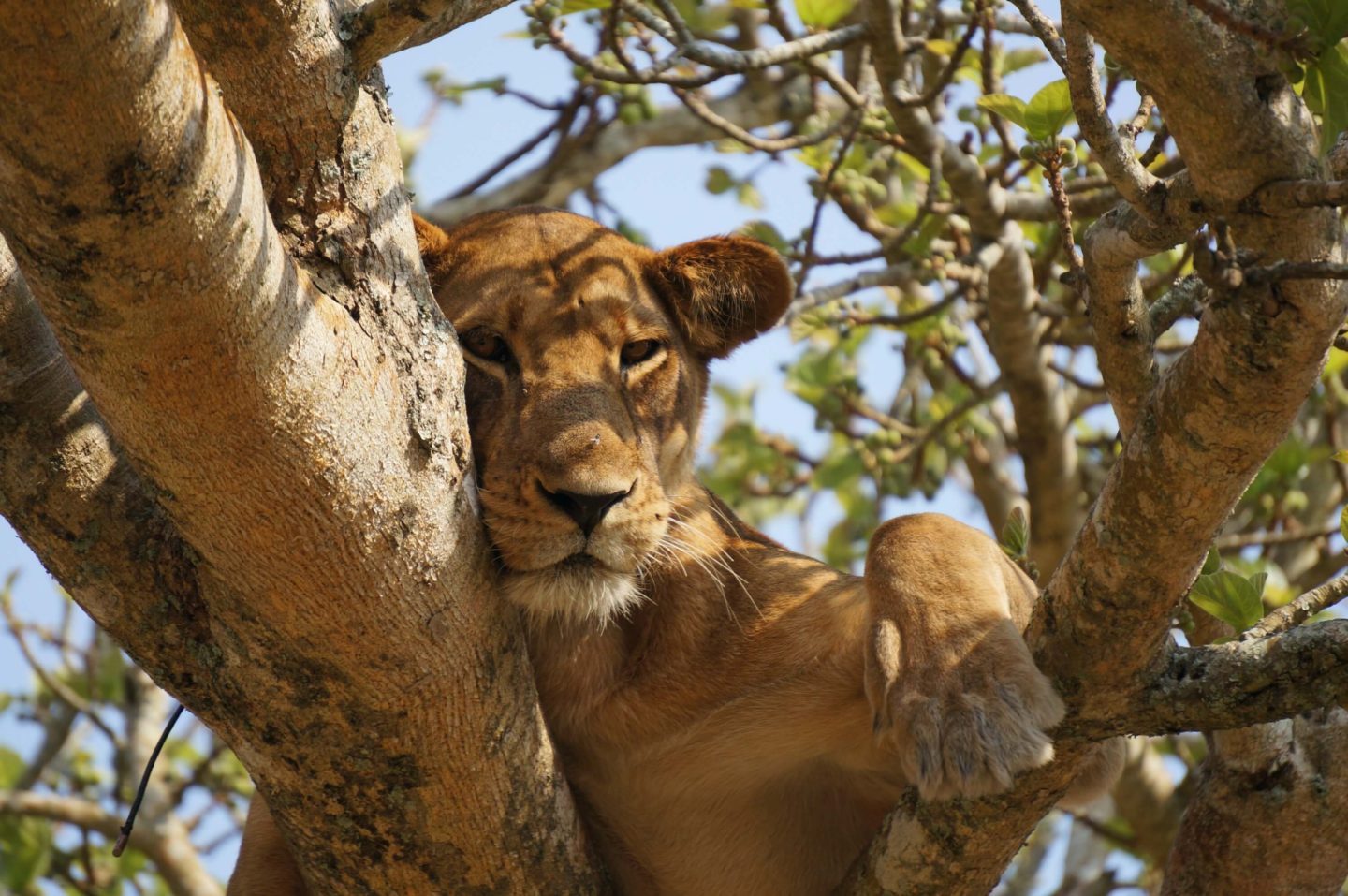



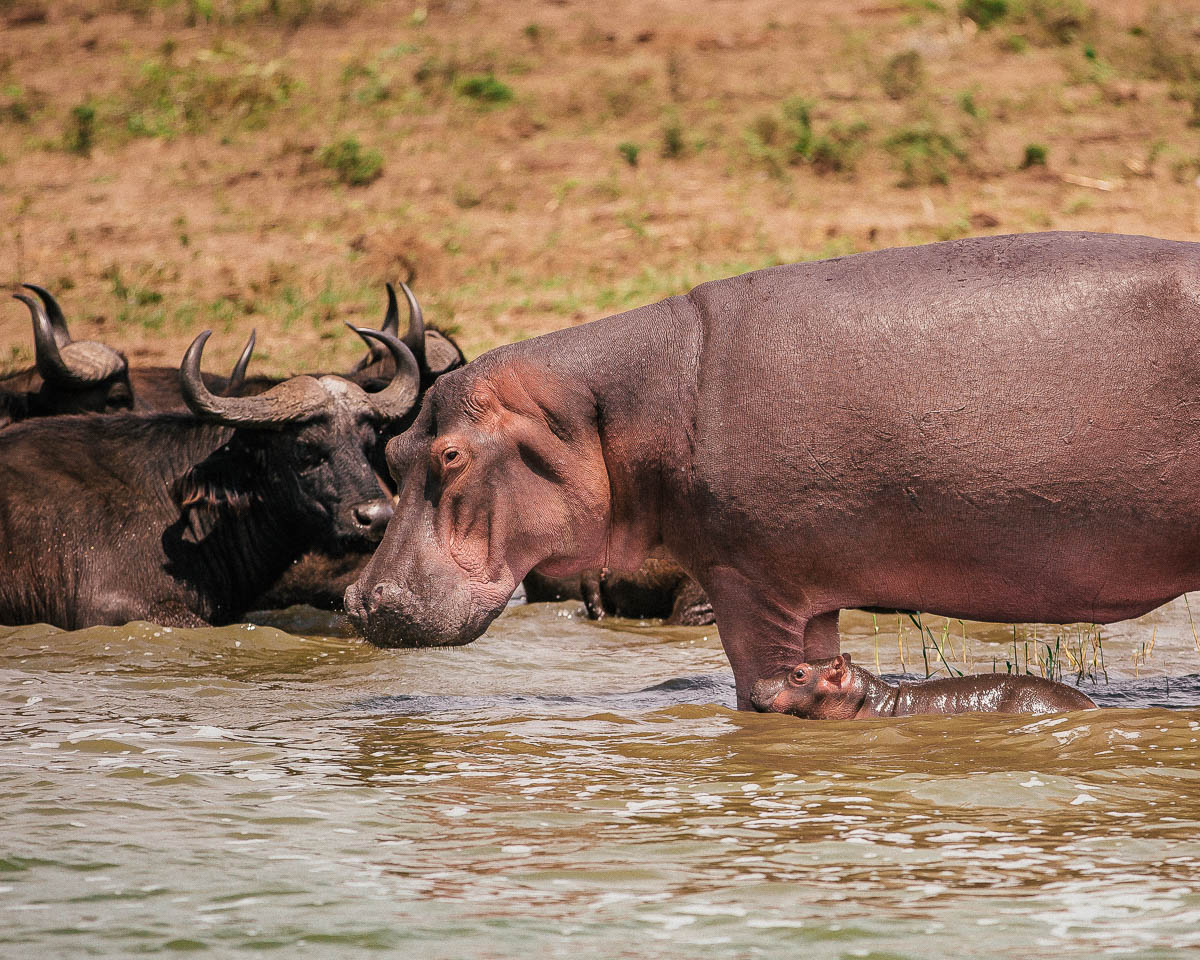



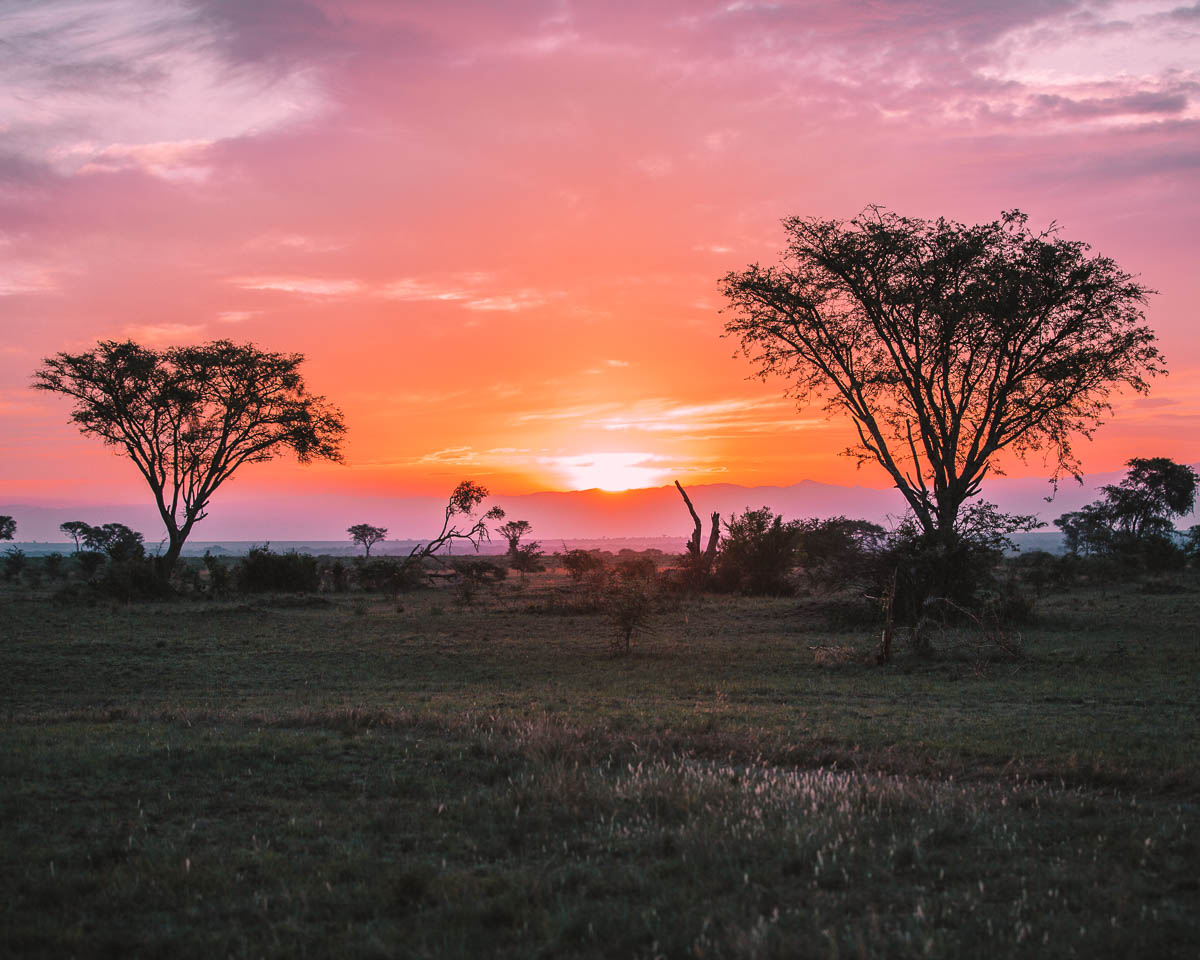



Days 8-10: Bwindi Impenetrable Forest
[Drive from Queen Elizabeth National Park to Bwindi Impenetrable Forest]
The last stop on this Uganda itinerary is arguably the best – Bwindi Impenetrable Forest to go gorilla trekking. Let’s be honest, the gorillas are the main draw of tourism to Uganda and for a good reason. It’s honestly one of the most incredible travel experiences I’ve ever had.
The drive from Queen Elizabeth National Park to Bwindi is between 4-6 hours depending on where in Queen Elizabeth NP you’re coming from. Make sure to keep an eye out for different monkeys on the side of the road during the drive!
–Where to Stay in Bwindi Impenetrable Forest–
Bwindi Impenetrable Forest is a rather large area. For this itinerary, it makes sense to stay in the northern part of Bwindi and those are the lodges I’m going to recommend. If you want to see the southern part of Bwindi, it’s better to fly into Kigali, Rwanda. If you’re lucky, you may even have some gorillas wander into your hotel’s grounds!
- Buhoma Lodge ($$)
- Mahogany Springs Lodge ($$)
- Volcanoes Bwindi Lodge ($$$)
- Sanctuary Gorilla Forest Camp ($$$)
–What to Do in Bwindi Impenetrable Forest–
I’m very much so a delayed satisfaction kind of person, so that’s why we’ve saved the best for last. The absolute highlight to not only Bwindi, but the entire trip to Uganda, is the opportunity to trek with mountain gorillas in their natural habitat. This opportunity is what draws people to Bwindi, especially since the permit to go gorilla trekking in Uganda is much cheaper than it is in Rwanda.
The 3 main areas to go mountain gorilla trekking are Uganda, Rwanda, and the Democratic Republic of the Congo. Honestly, it’s all the same forest area, just named something different in each country. The DRC is actually the cheapest, but the country has faced its issue over the years and the popularity of gorilla trekking there has dwindled. As of July 2020, the gorilla trekking permits in Uganda are $700 per person, which is less than half of the permits in Rwanda where you pay $1500 per person.
Since gorilla trekking can be an exhausting experience, I’d recommend at least 1 day after your trek before you go home just to relax and recover. Sadly, that means it’s time to fly from Kihihi Air Strip back to Entebbe for your flight back home!
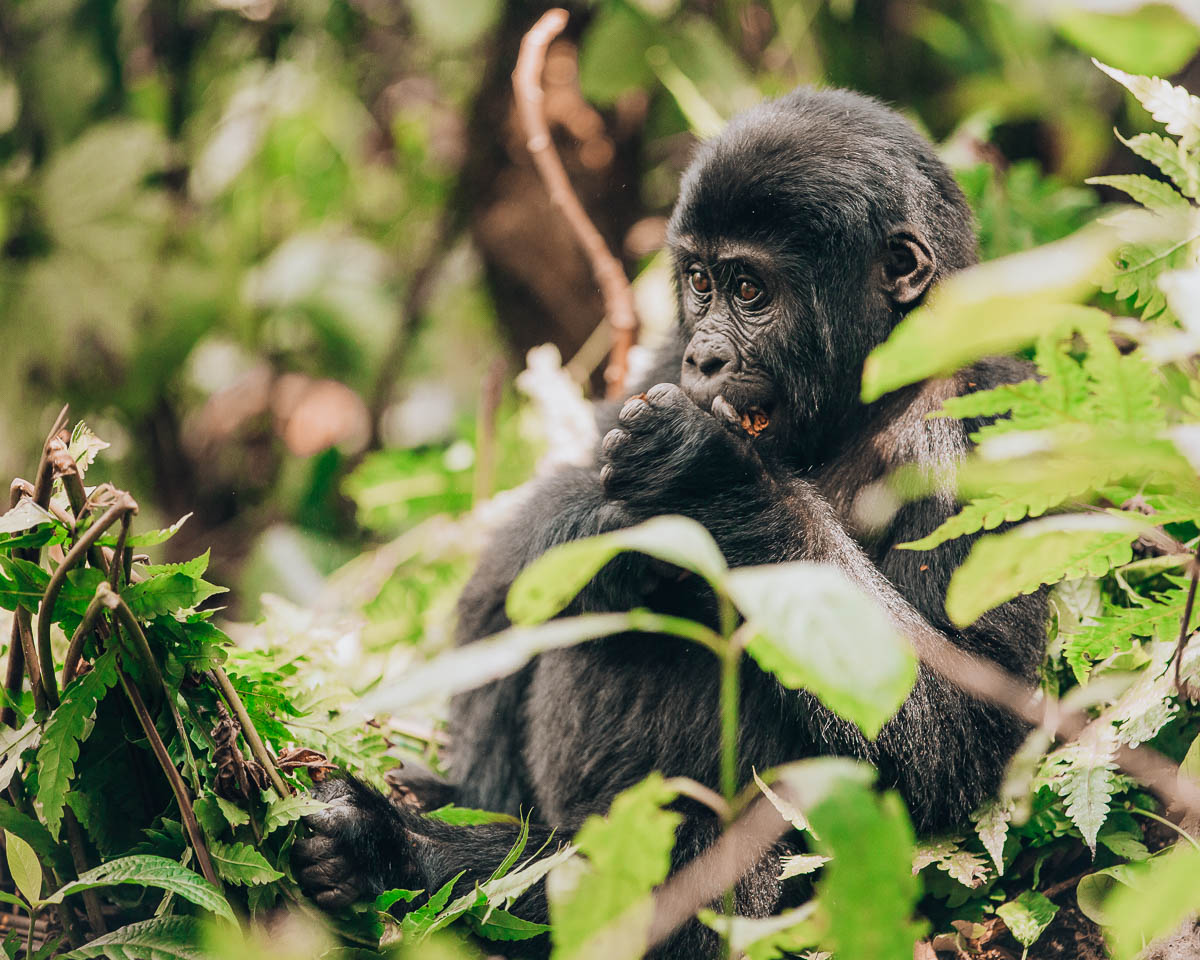



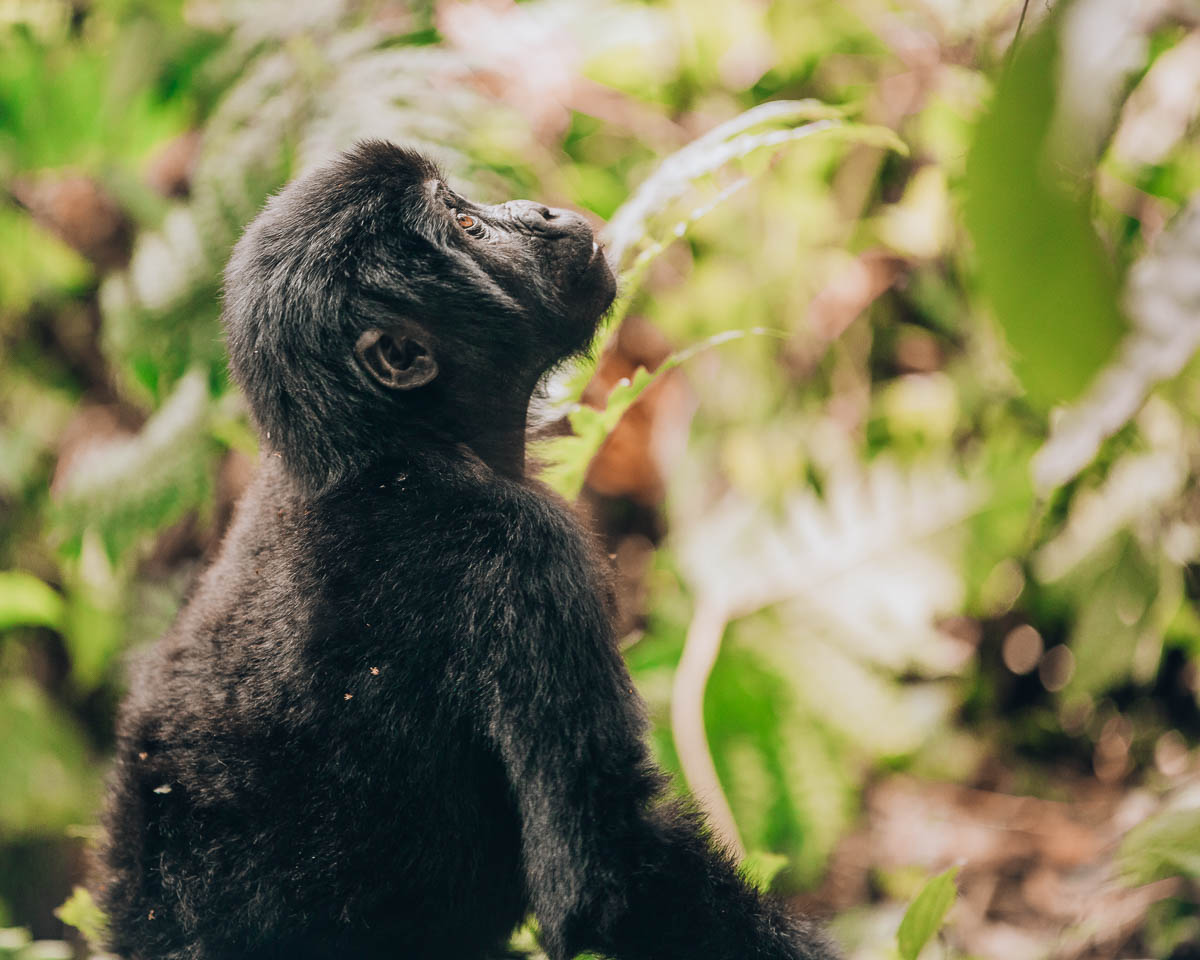



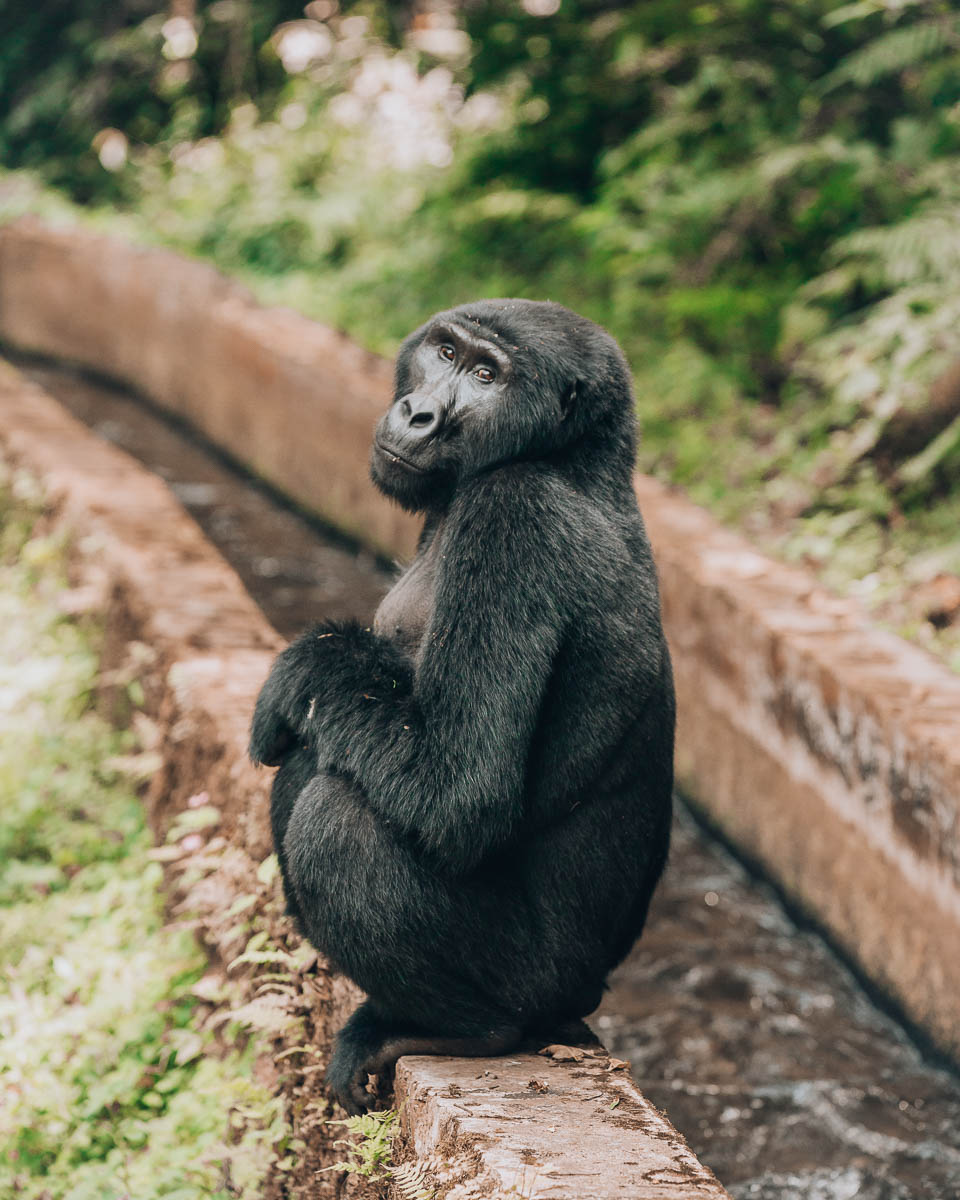



Pin me to Pinterest!!!! ⤵




Maddie is the traveler behind A One Way Ticket. She has been traveling internationally for over 10 years and has visited 75+ countries on 6 continents. In addition to traveling herself, she’s been helping others plan their own travel for 6+ years. Maddie eats, sleeps, and breathes travel and loves to help others discover that same wanderlust!
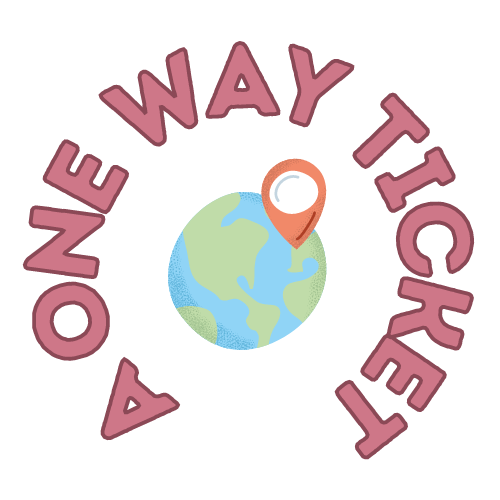
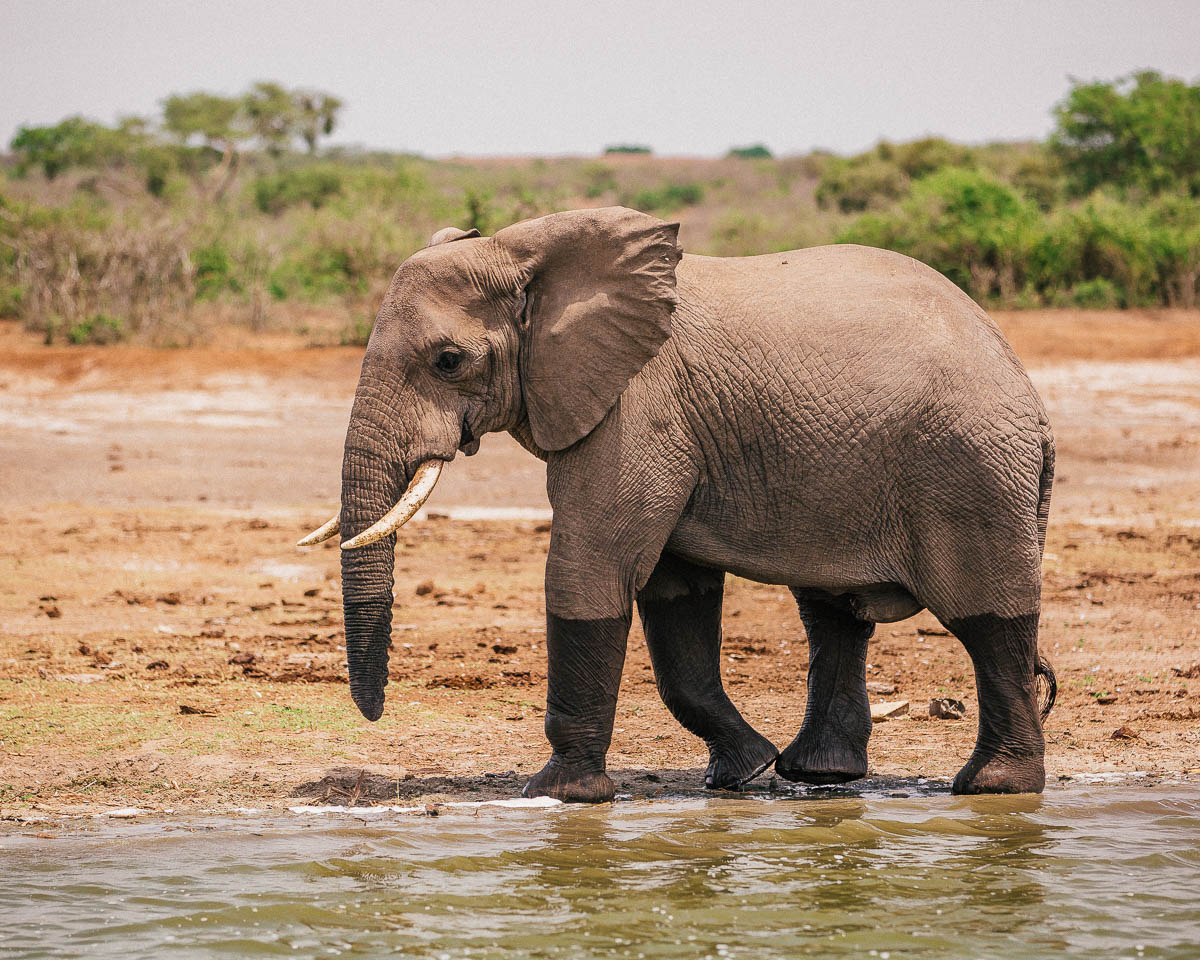
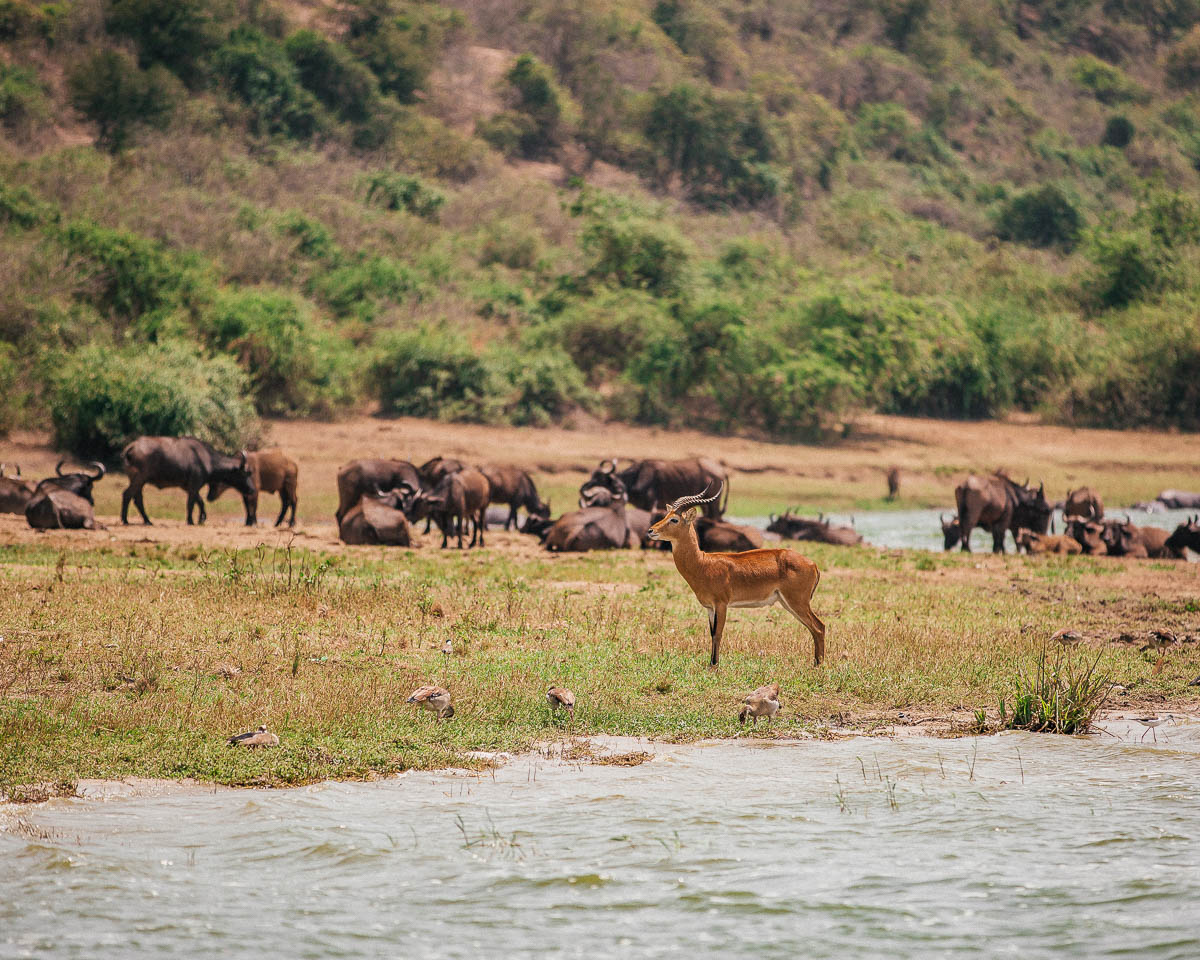
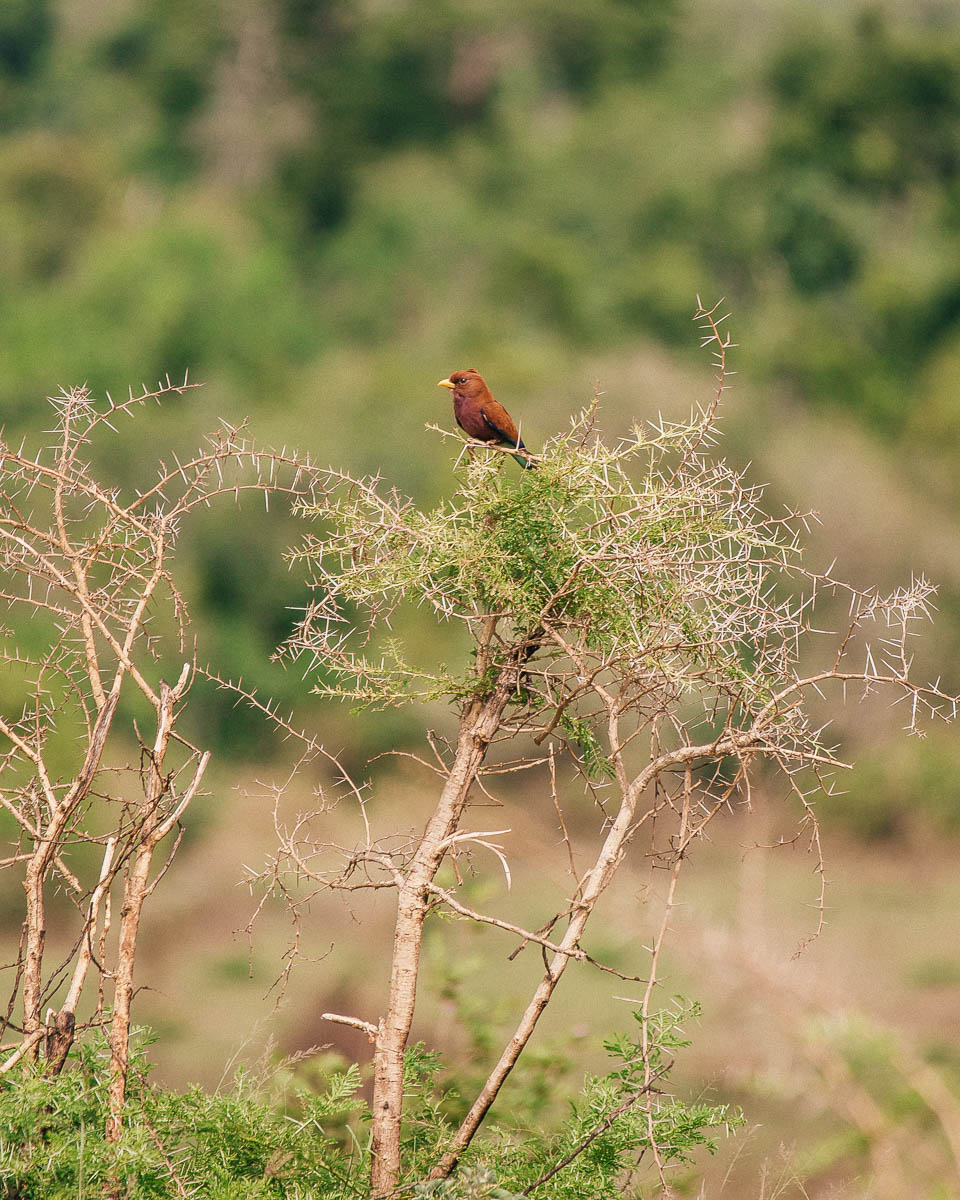
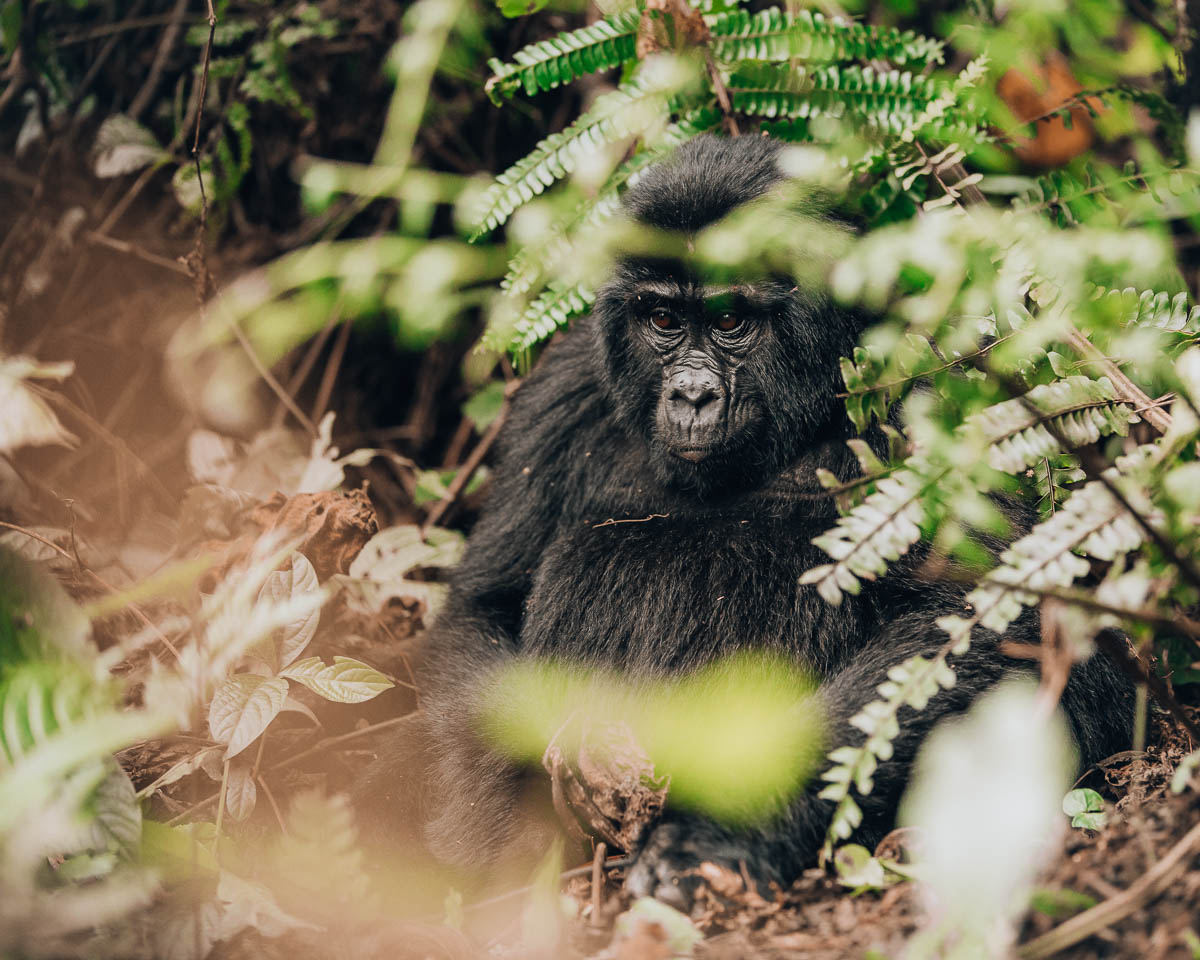
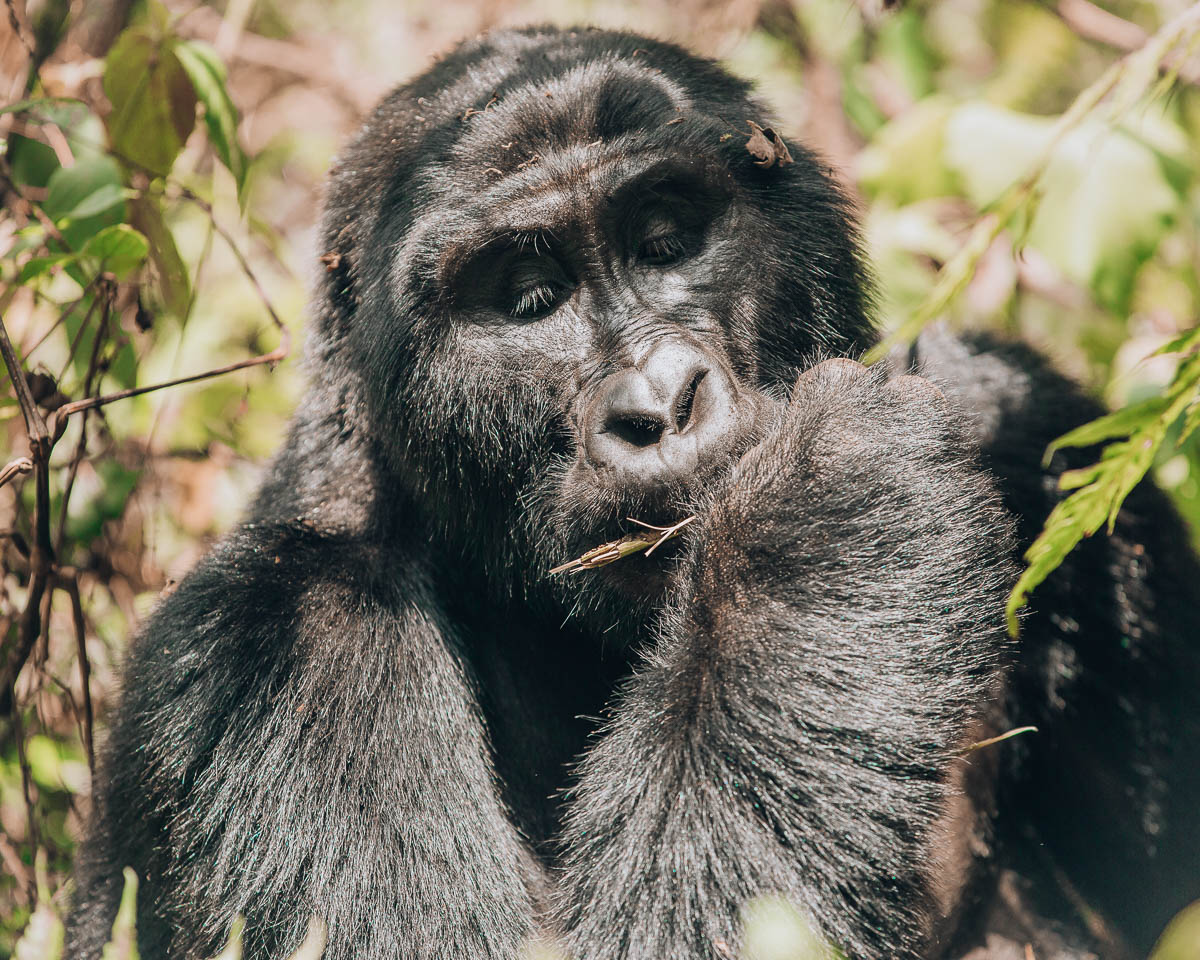
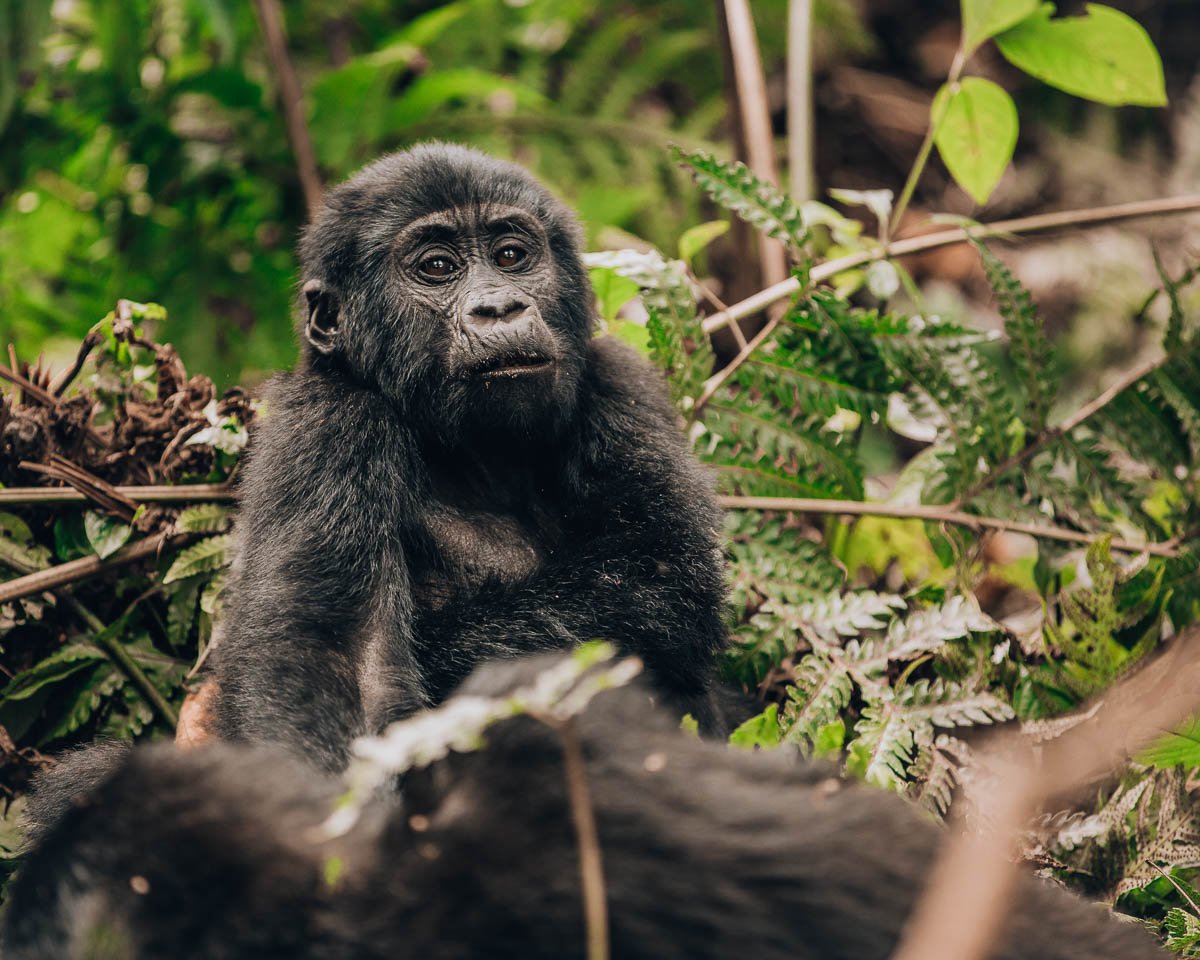
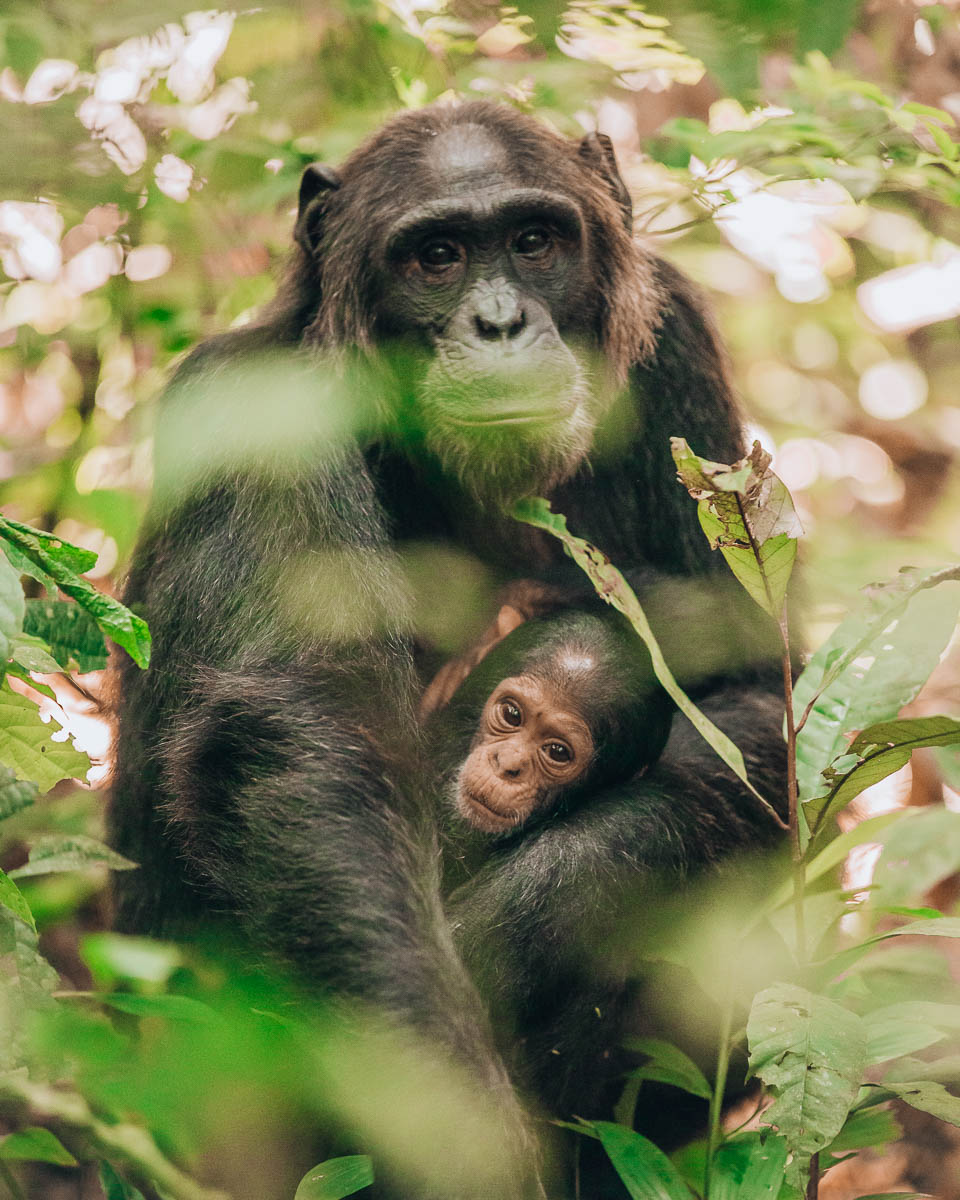
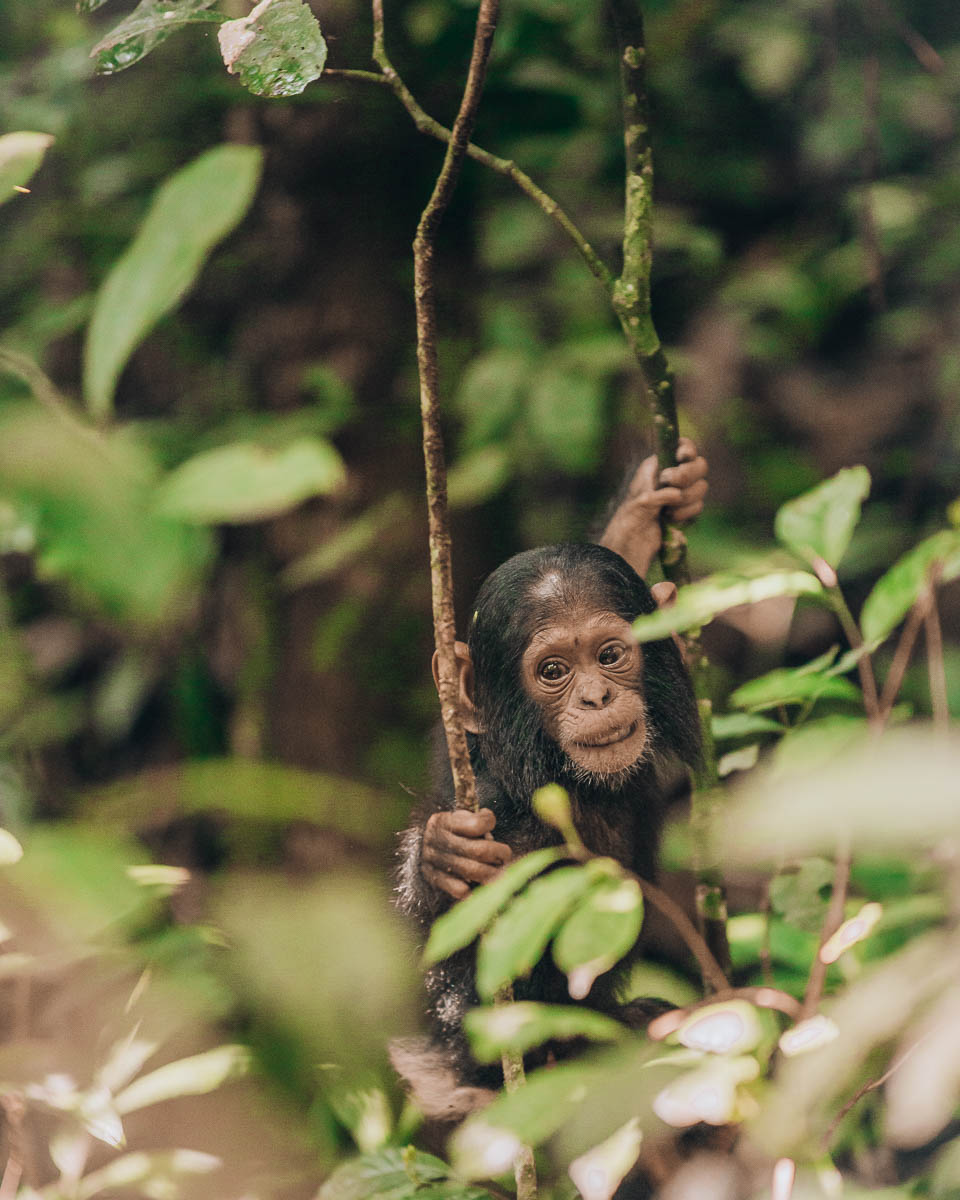
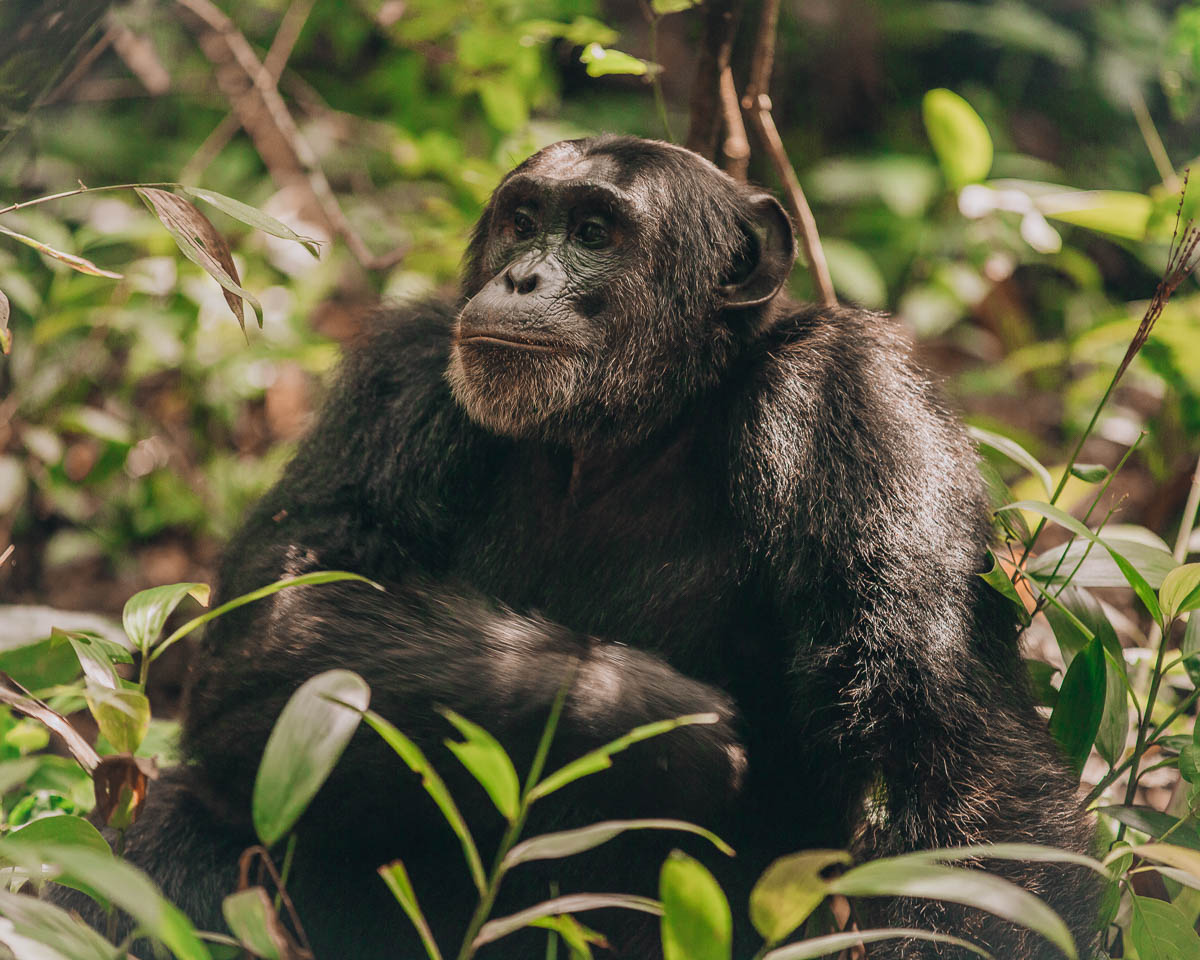
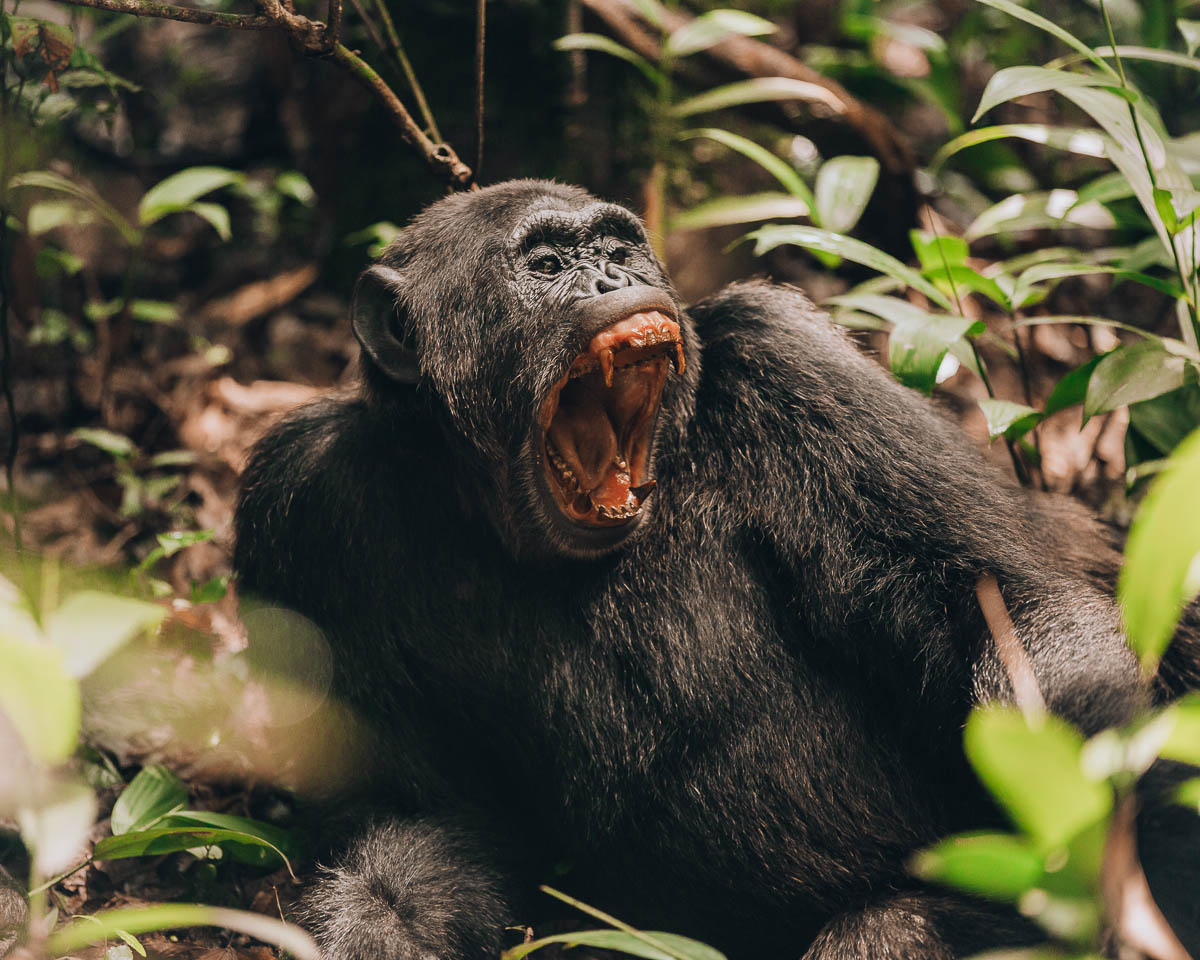
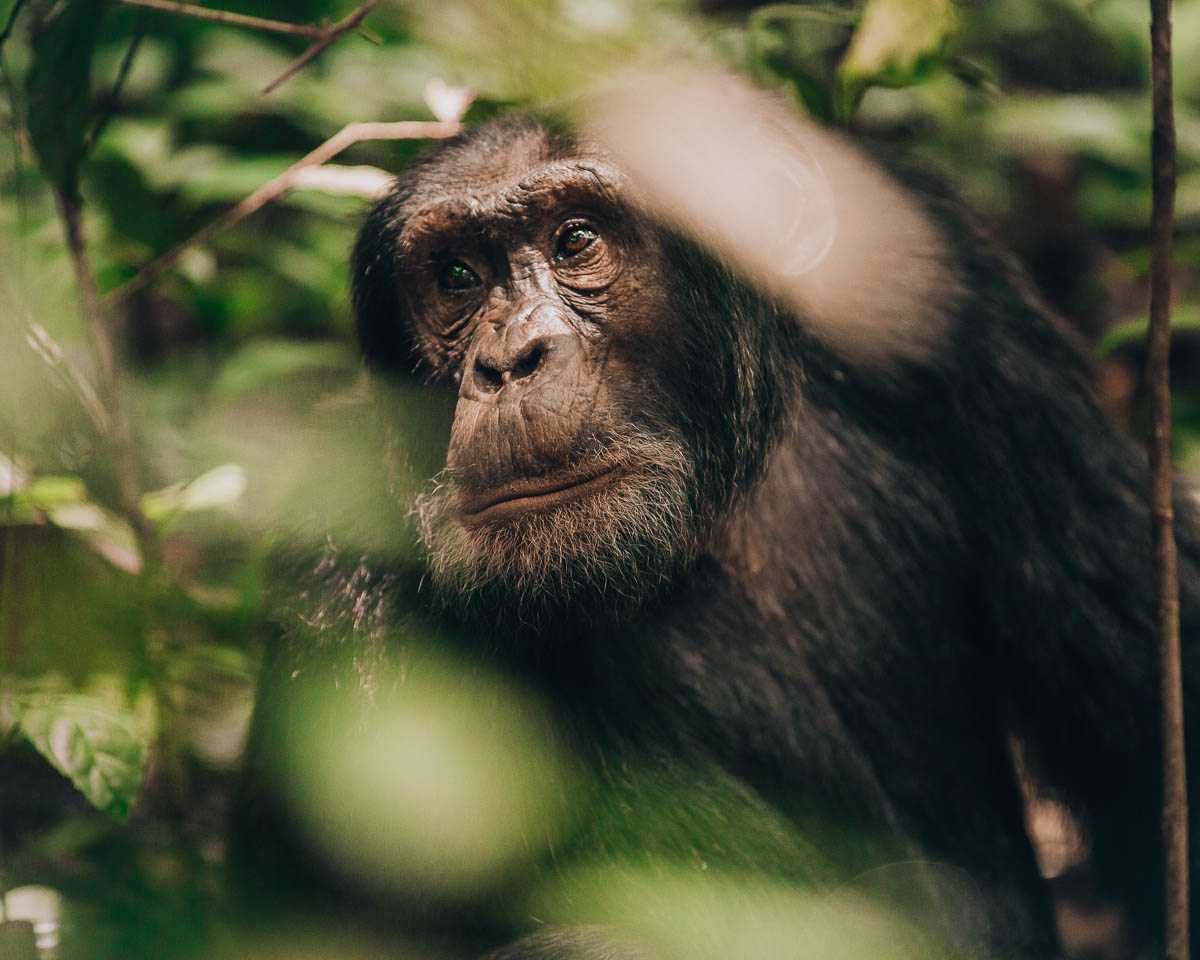
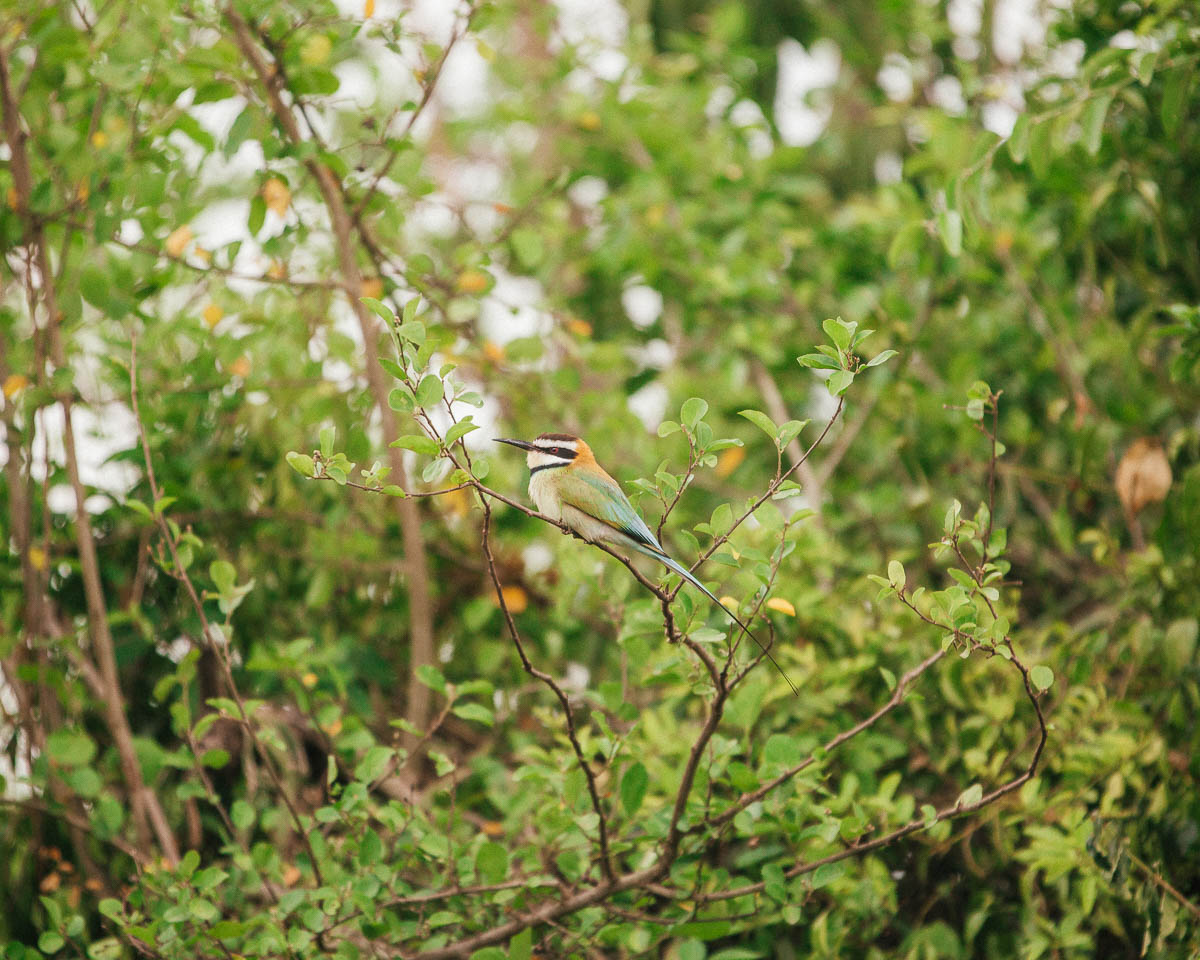
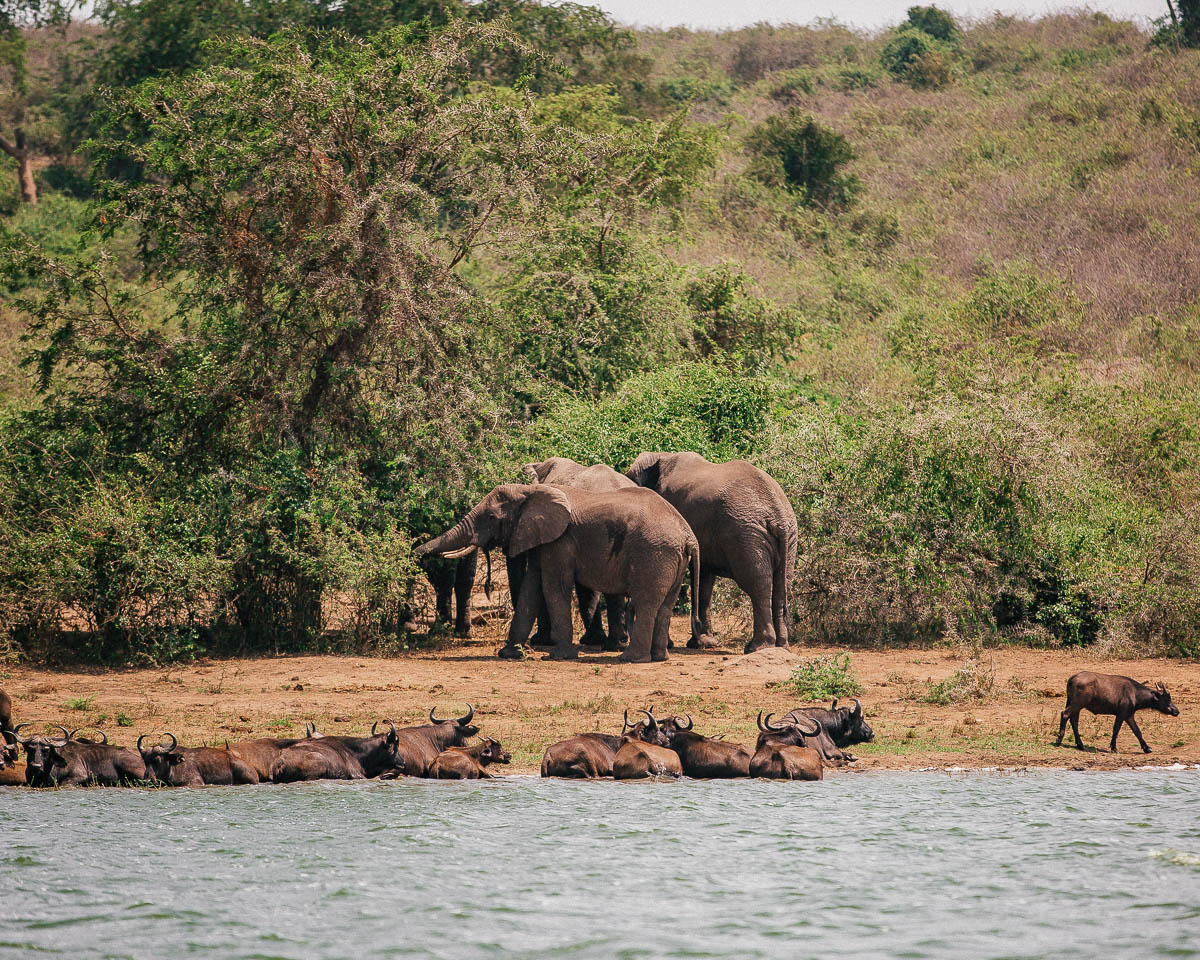
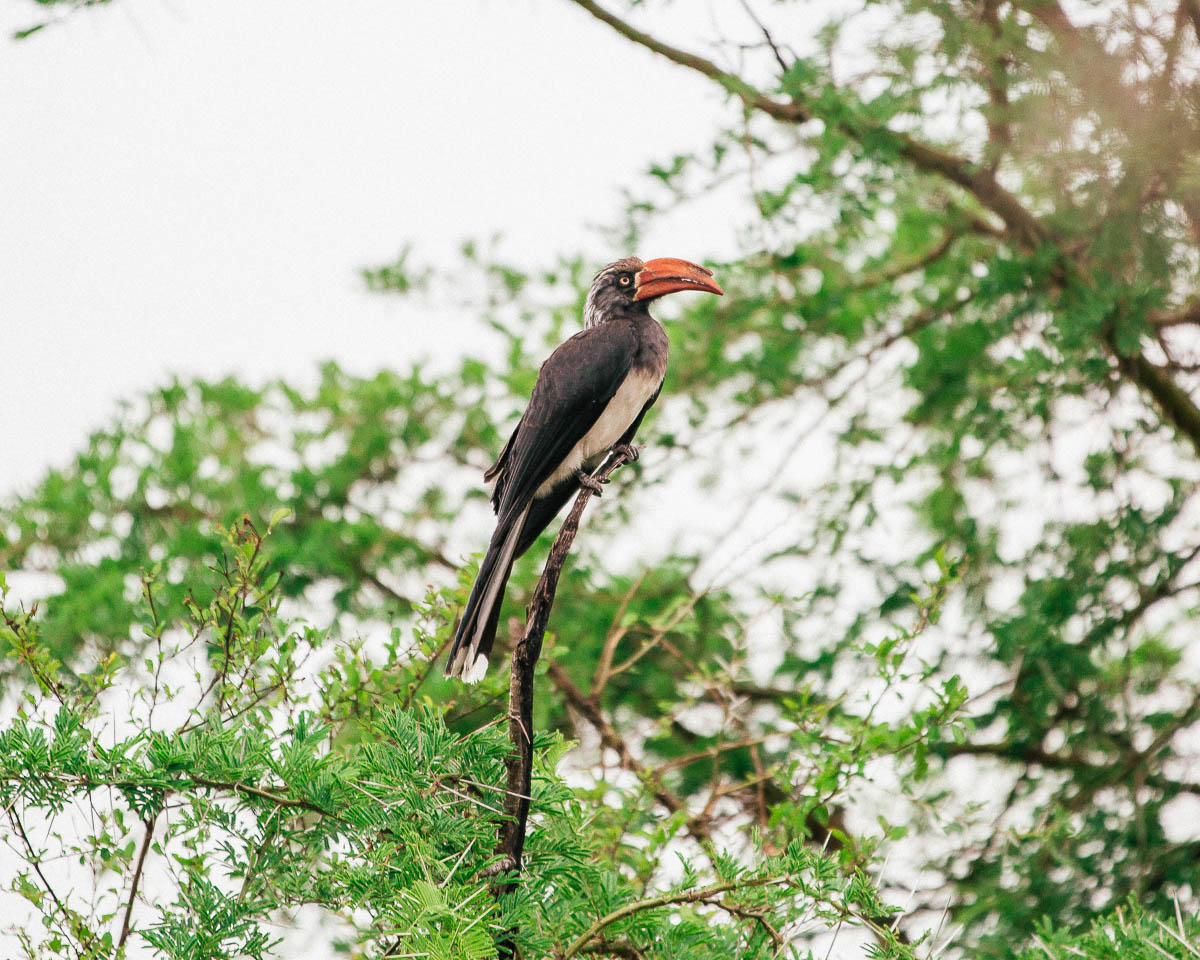
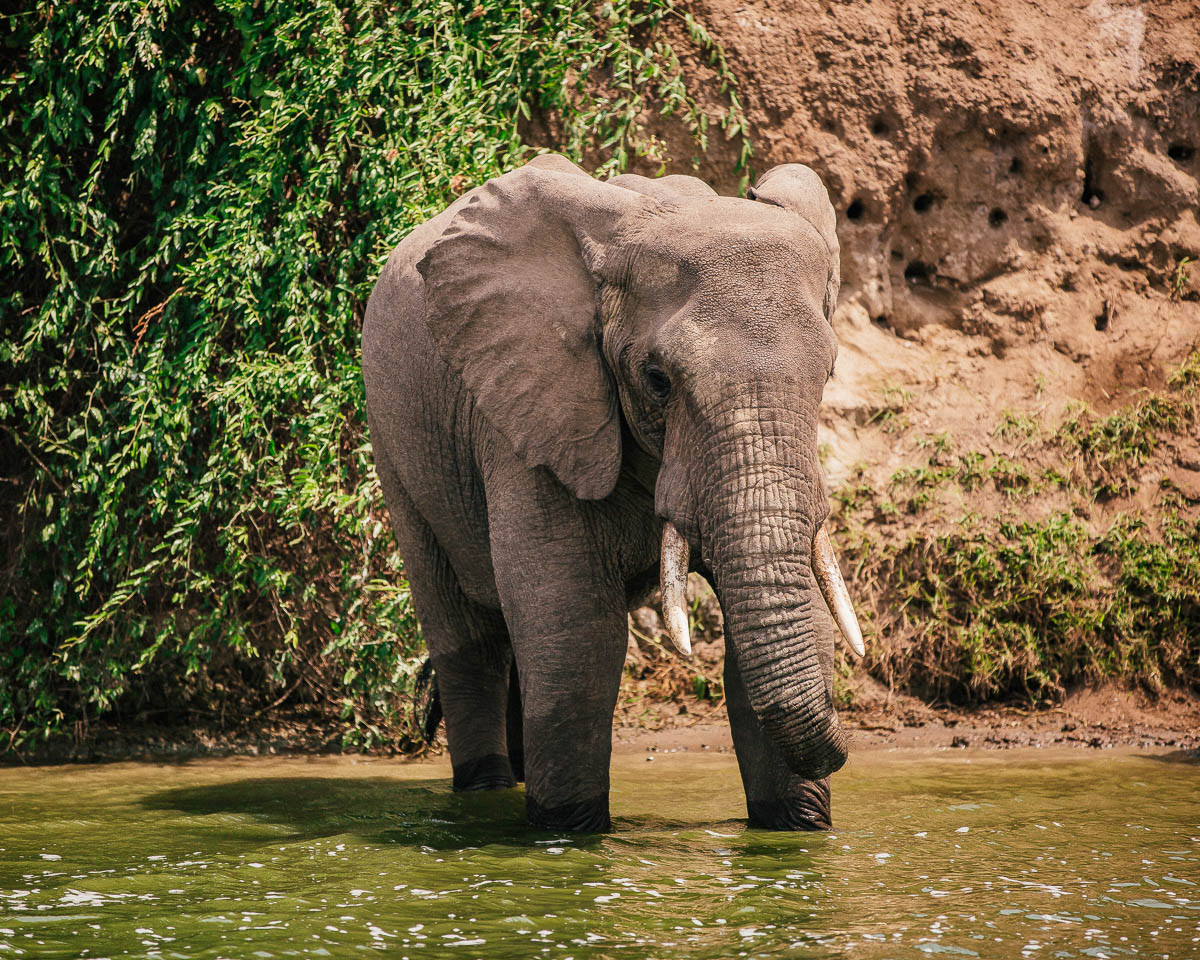
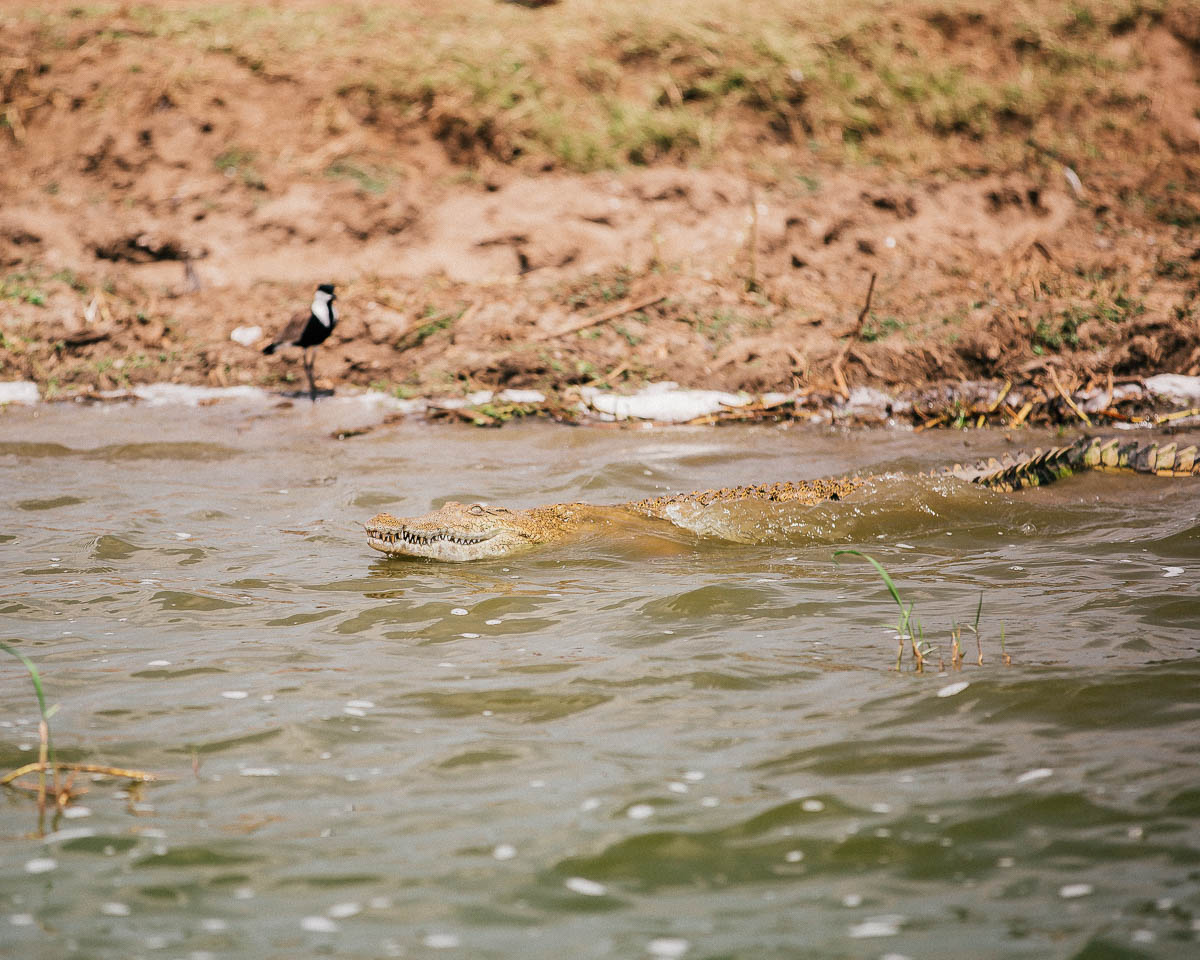
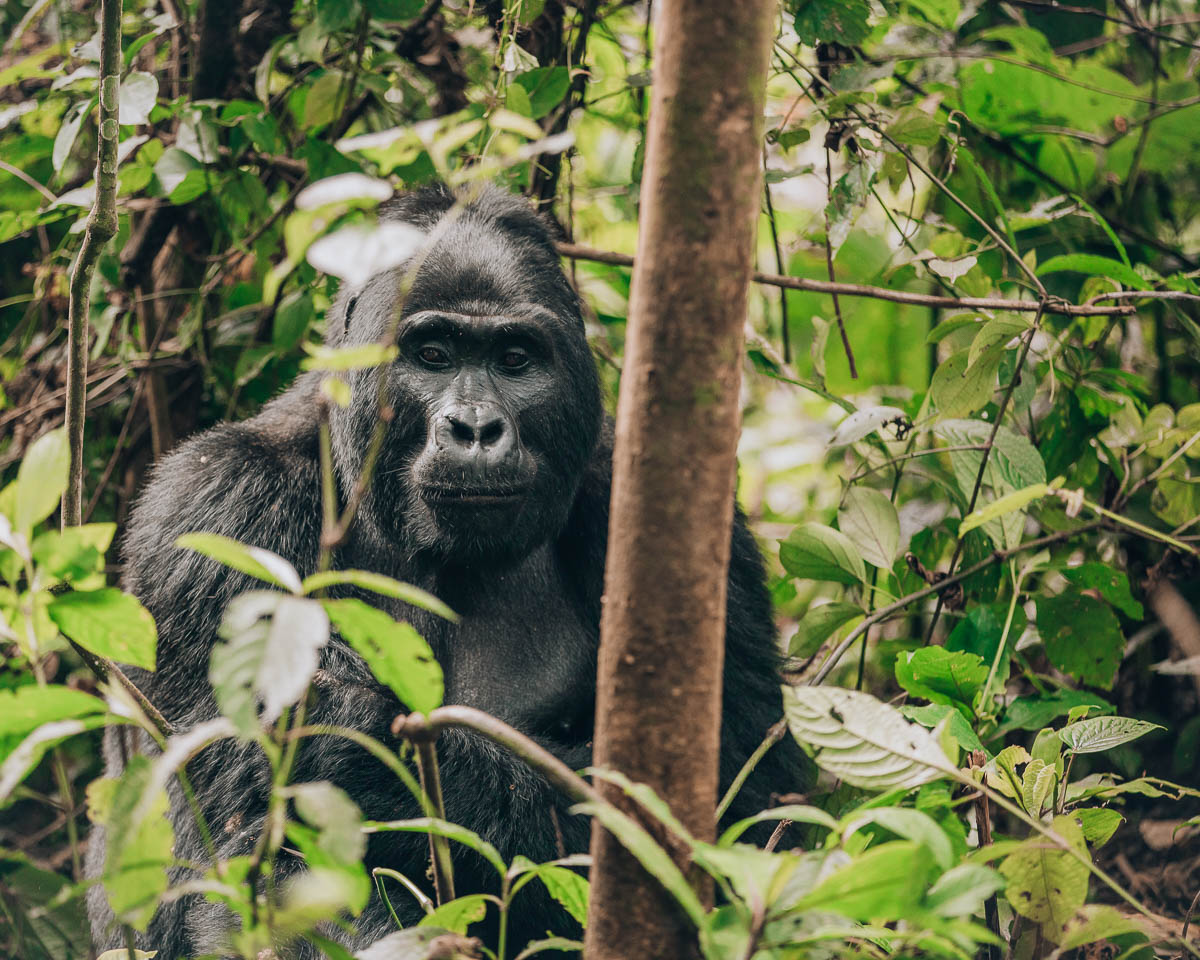
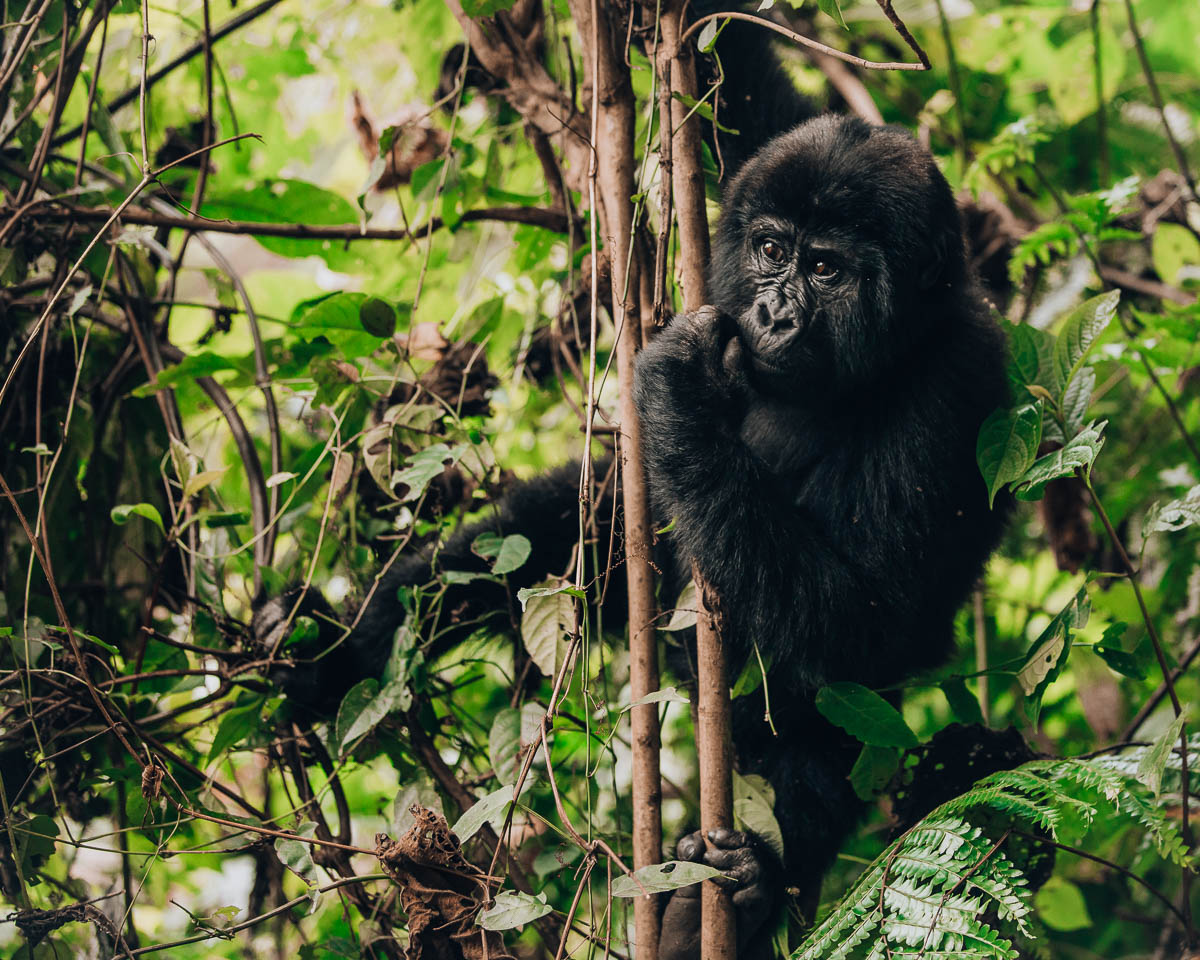
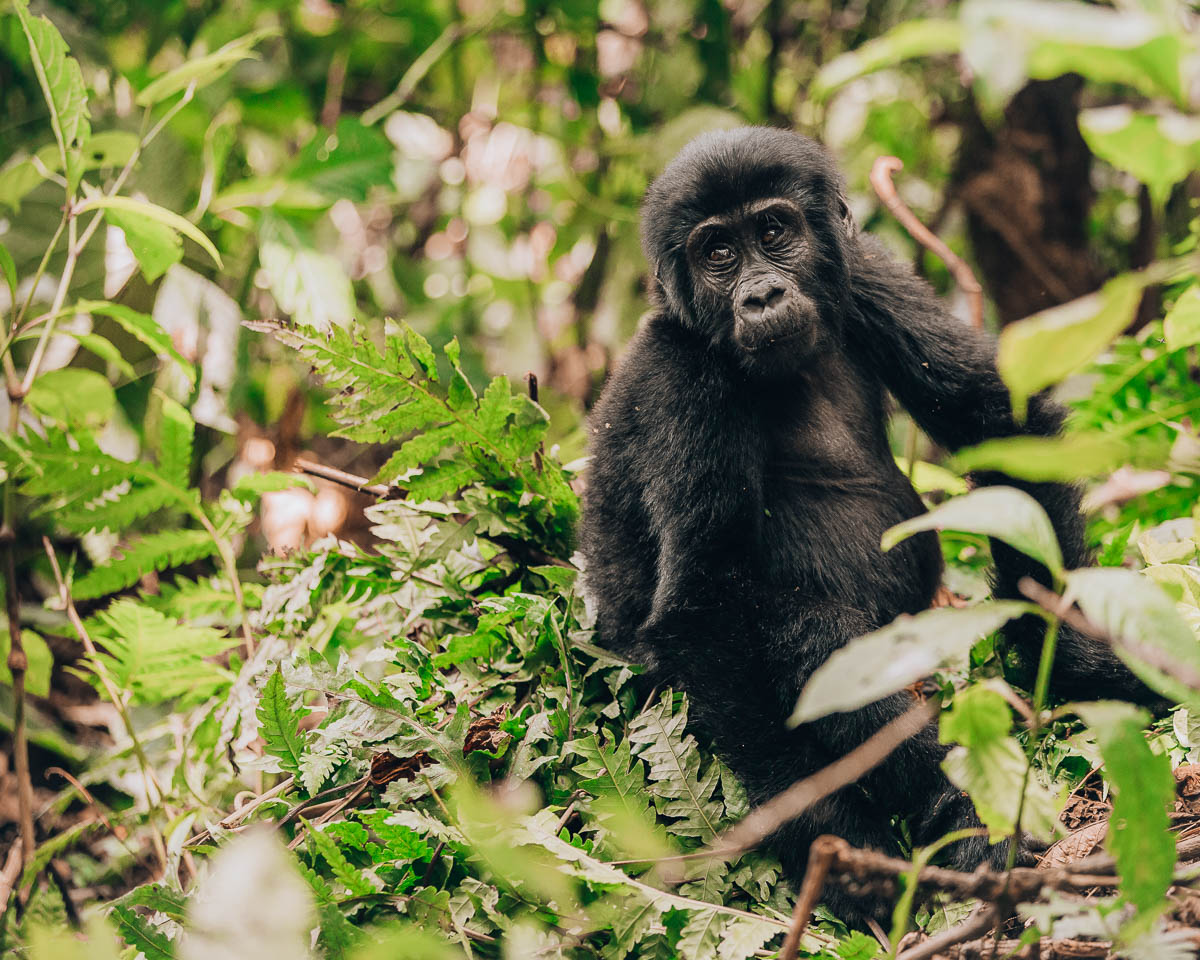
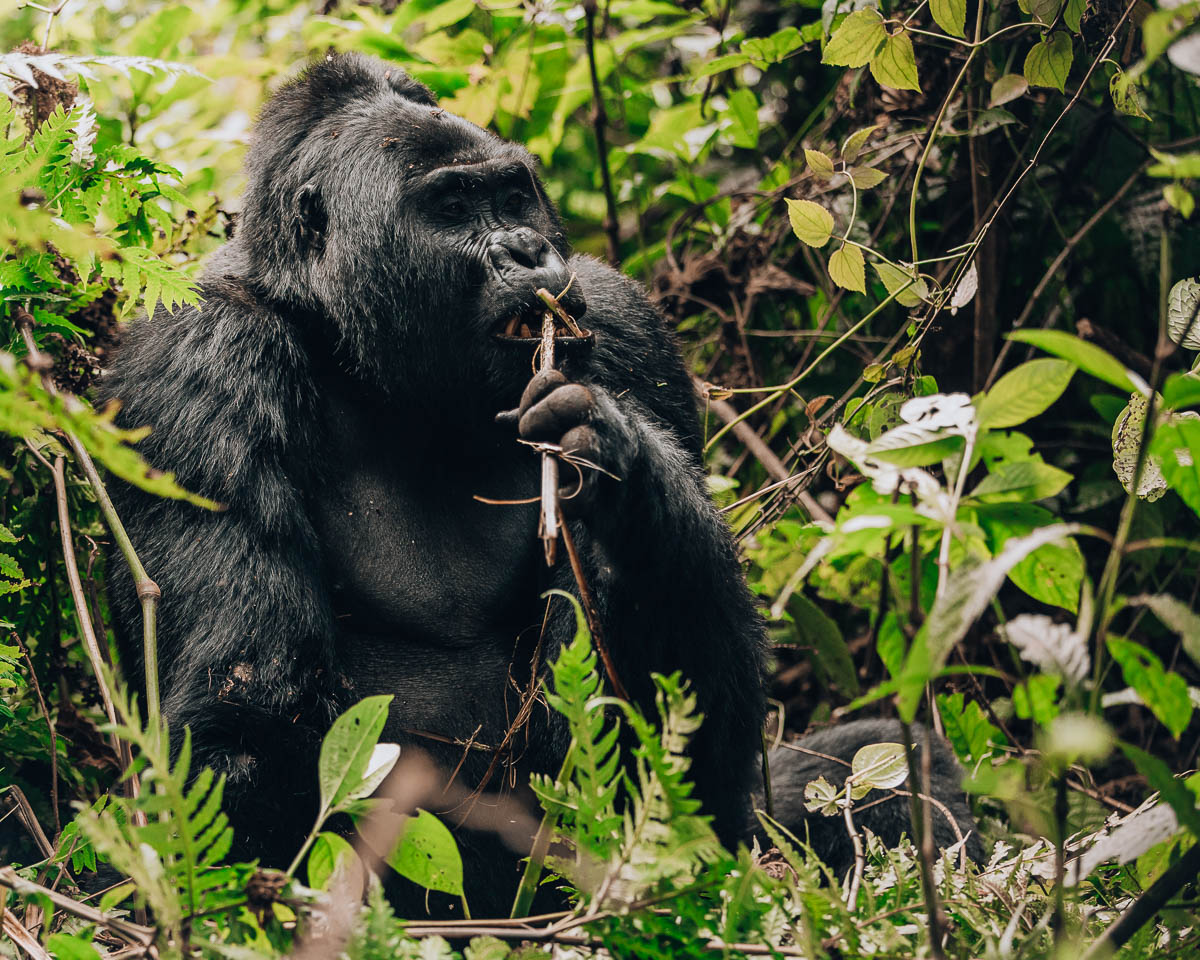
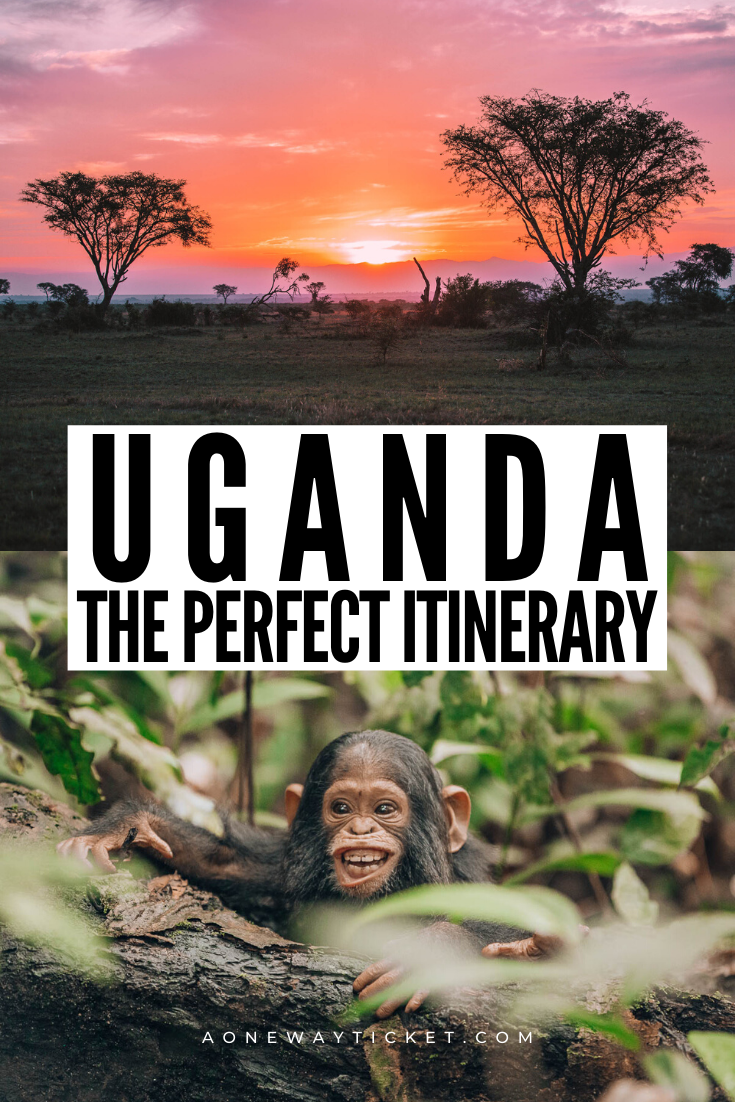
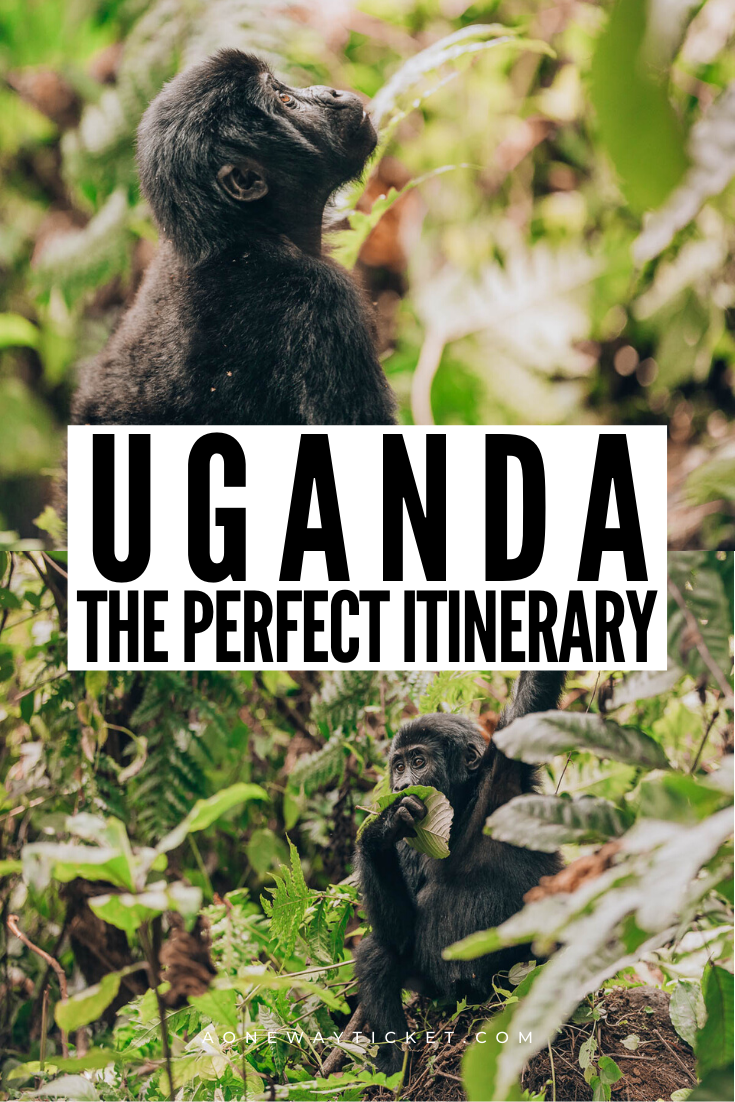
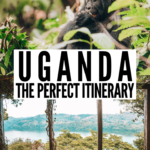
Farrah
Tuesday 26th of May 2020
I've definitely never been to Uganda, but it'd be so cool to get to visit someday, as I'd love to check out the national parks + the Bwindi Impenetrable Forest!! Your itinerary will definitely come into handy then! :]
Maddie
Tuesday 26th of May 2020
So glad you loved it! It was honestly one of those once-in-a-lifetime experiences.
Lerato
Sunday 24th of May 2020
So many amazing helpful tips! Uganda is on my bucket. list for 2021! enjoyed. reading this!!
Maddie
Tuesday 26th of May 2020
That's awesome to hear! I hope you have a great time when you visit!! :)
Krystianna
Saturday 23rd of May 2020
Great post! I'd love to visit one day. Your photos are amazing!
Maddie
Tuesday 26th of May 2020
Thank you so much!!! Glad you love it.
Josy A
Saturday 23rd of May 2020
This itinerary is incredible! I mean, the 'normal' safari looks amazing, but then you also got to go chimpanzee trekking in Kibale National Park aaaand see wild gorillas in Bwindi Impenetrable Forest.
I can see from your comment above that it is a very expensive trip. I suppose it is one of those epic adventures that you have to save up for for years...but that seems totally worth it once you cherish the experiences.
Maddie
Tuesday 26th of May 2020
Yeah, it's really an incredible experience! It combines the "normal" safari like you said with another extraordinary experience... doesn't get better than that! It definitely can be expensive. The gorillas are the most expensive part by far. The other national parks aren't too bad. :)
Alexandra B
Saturday 23rd of May 2020
You took some absolutely AMAZING wildlife photos. Truly, you should submit them to a magazine or for purchase! The baby gorilla smiling melted my heart. I would love to go to Uganda, but I have a very weak immune system and I am worried that I would fall ill, even with the shots and medicines (I am probably overracting) haha. Your post is so inspiring.
Maddie
Tuesday 26th of May 2020
Thank you so much!! It's one of my favorite types of photos to shoot! I should look to submit them to a magazine, I'll have to look into it! The little smiling one is actually a chimp! They look really similar and are HUGE - way bigger than I expected! I think you'd be okay!! So glad you loved the post!!